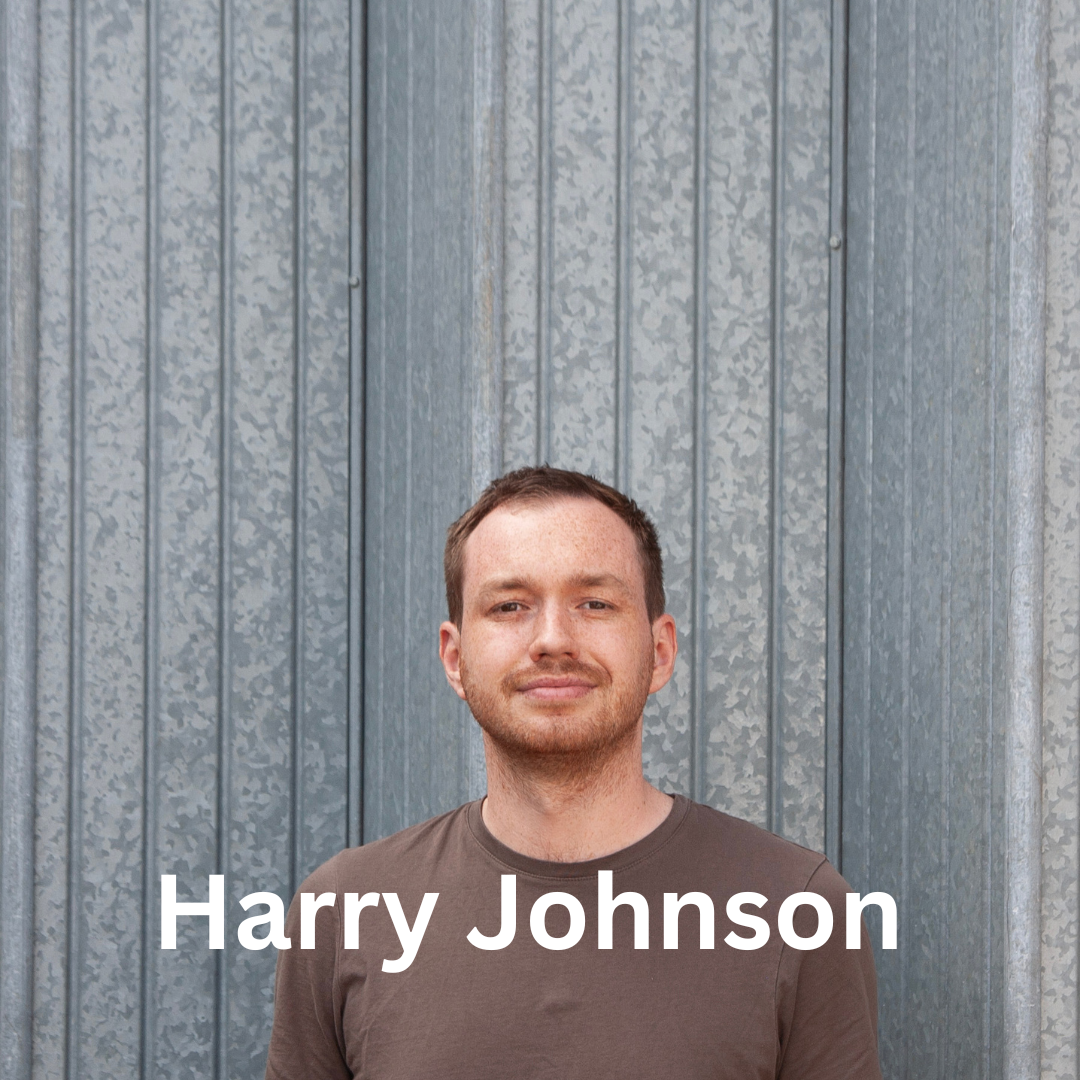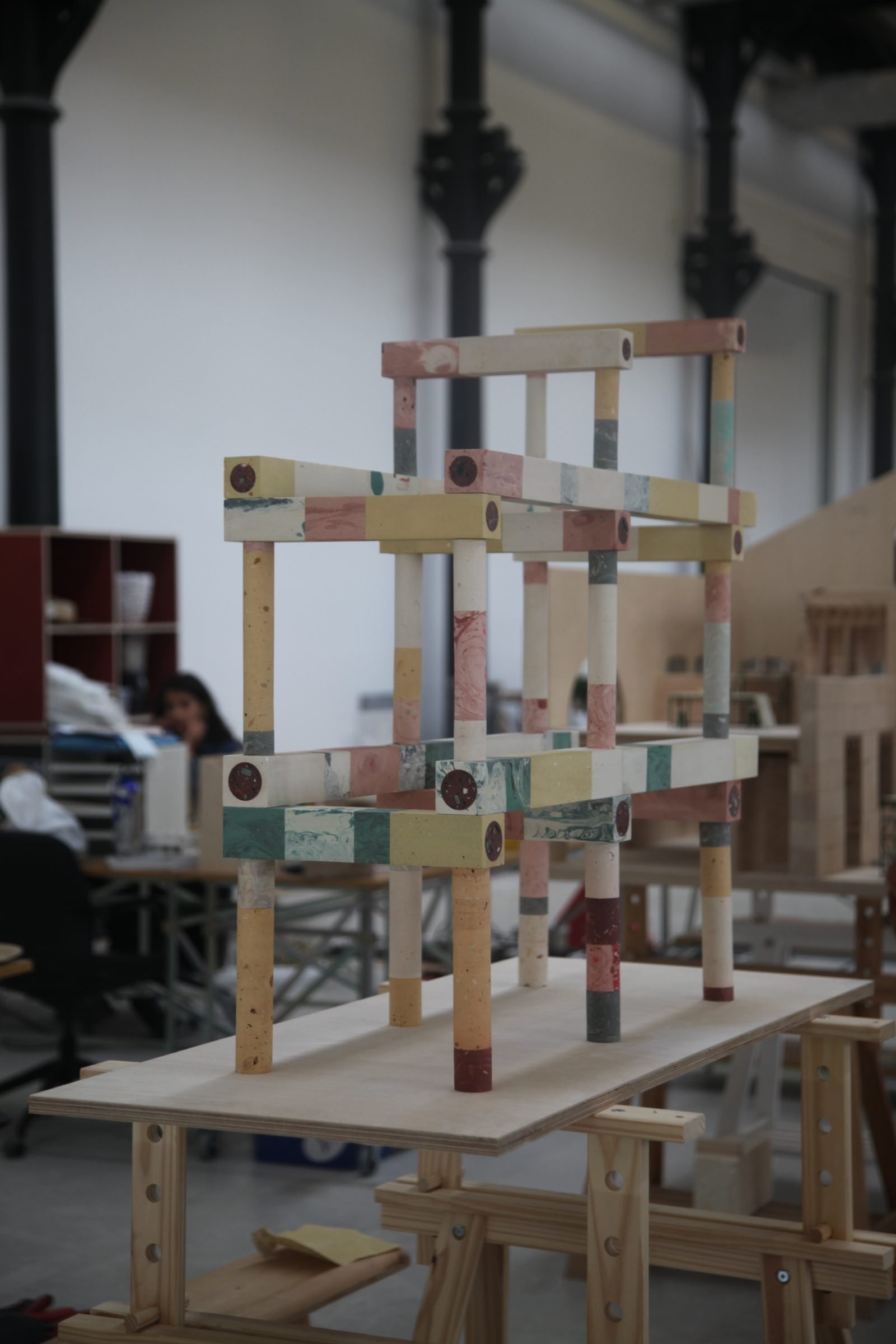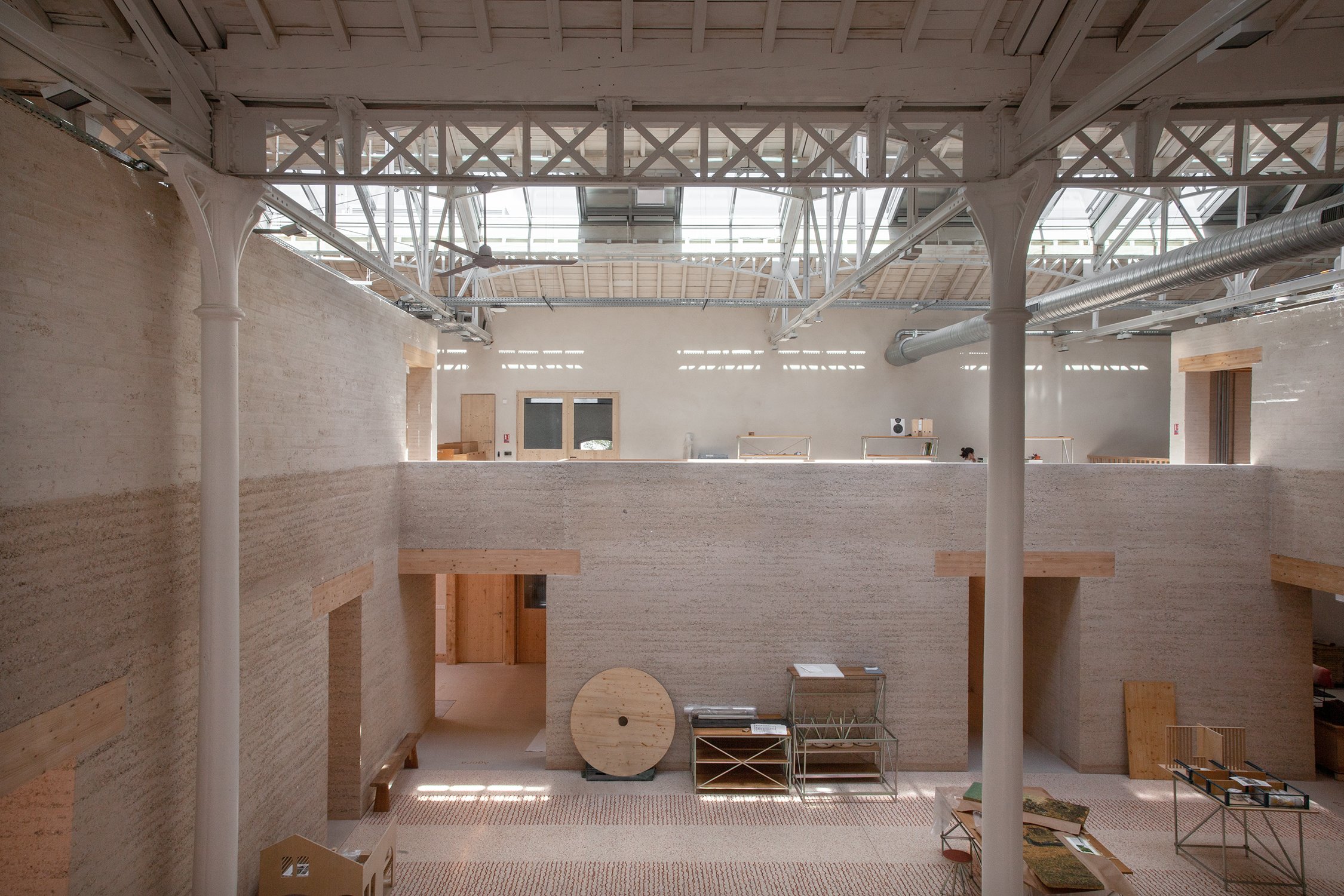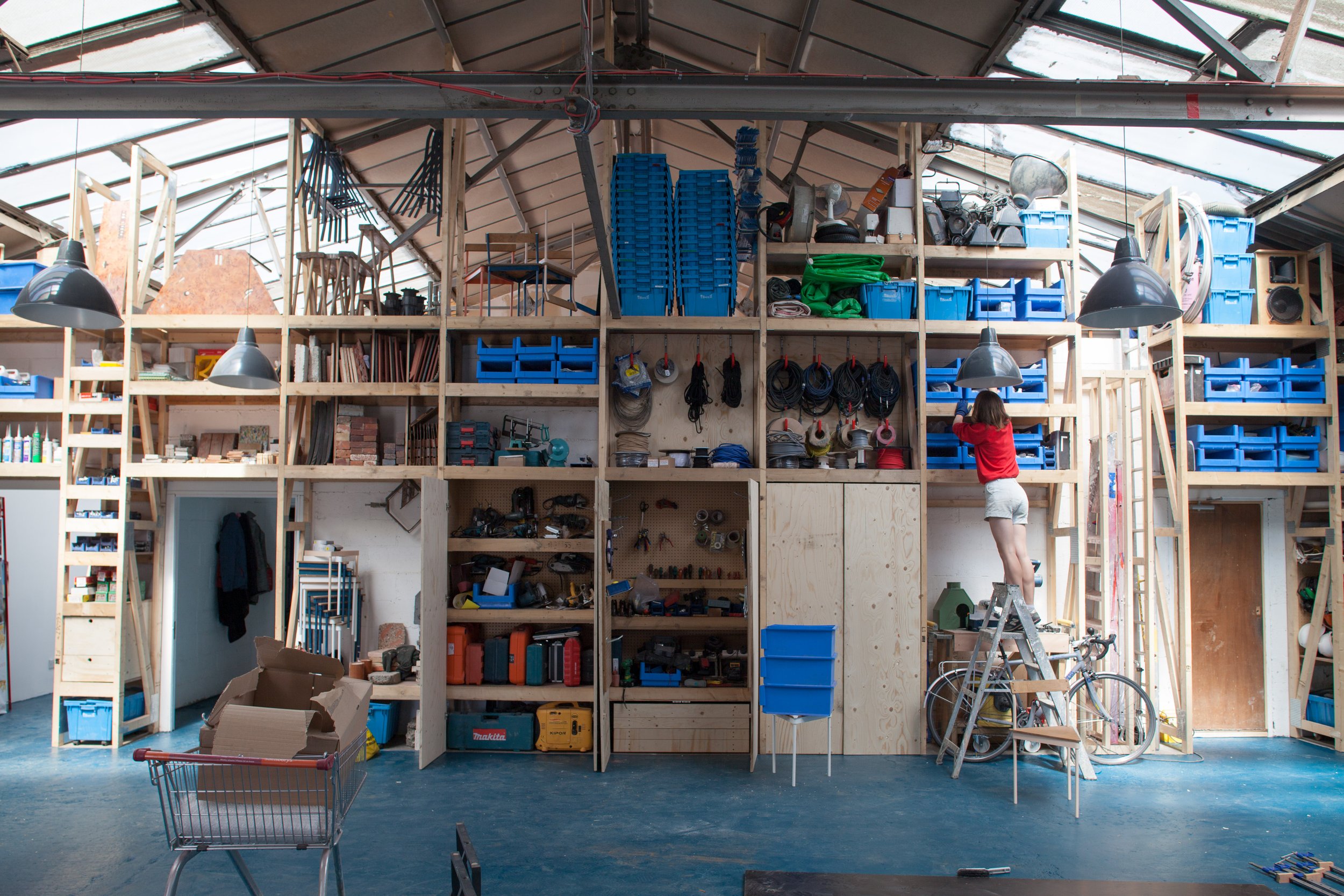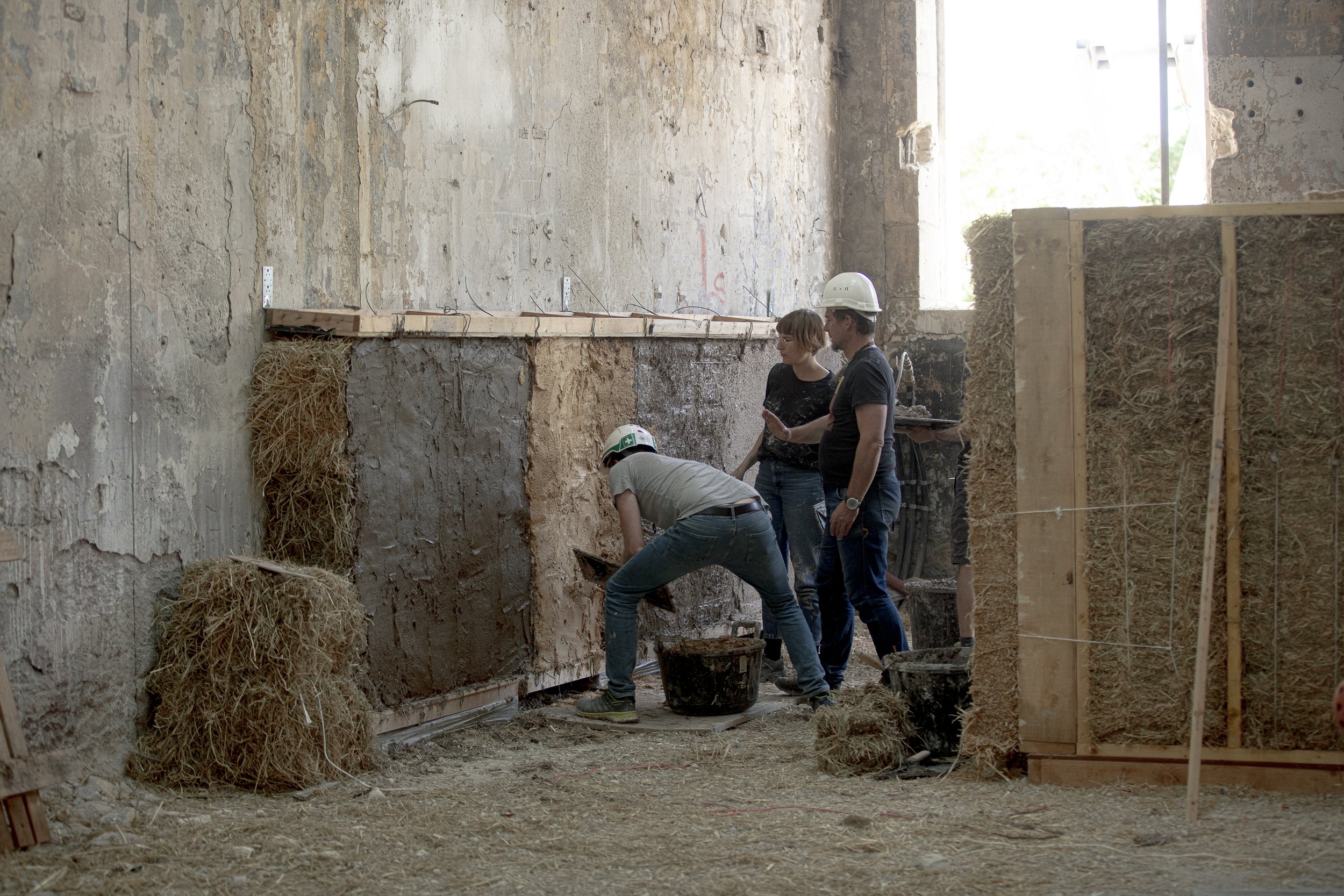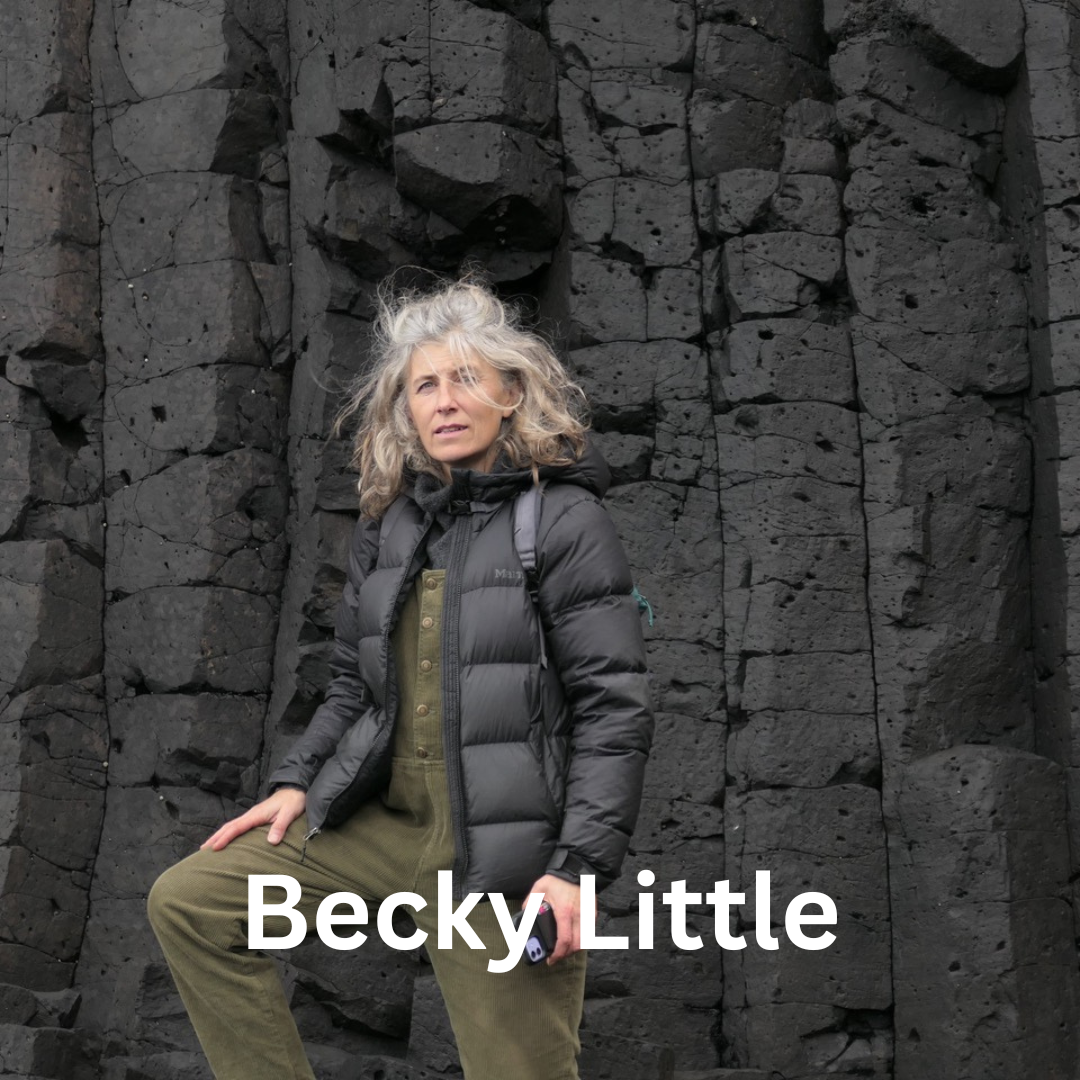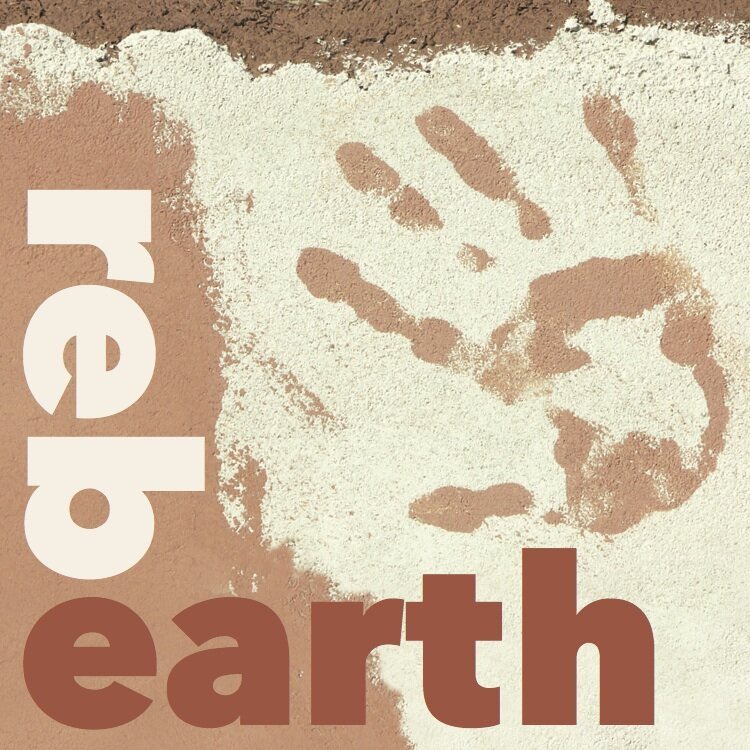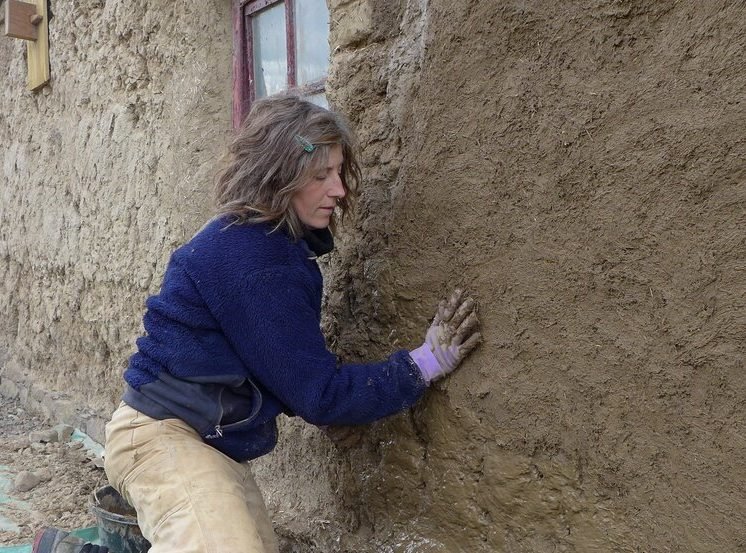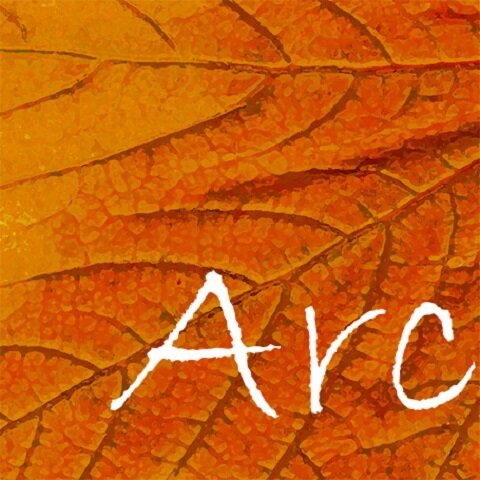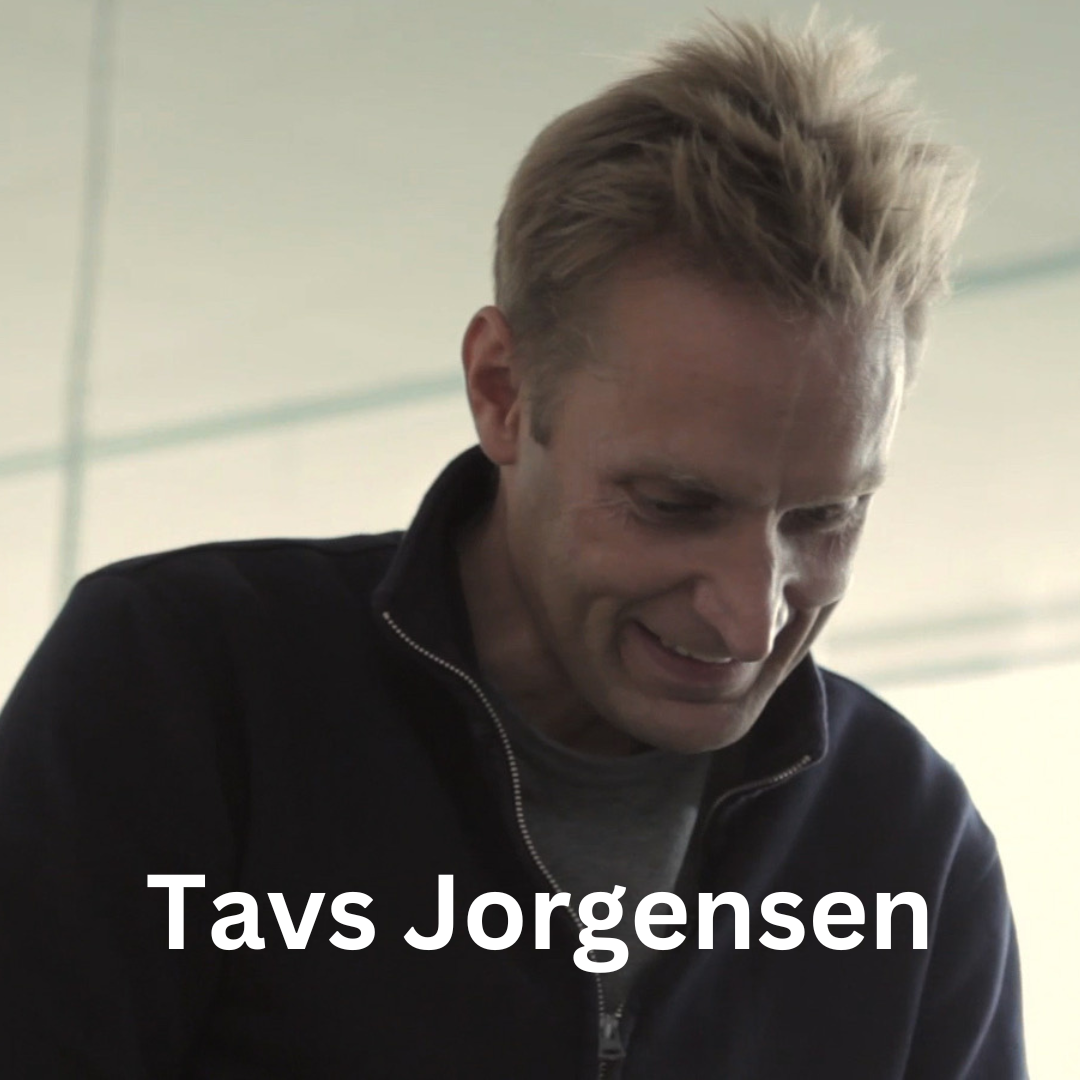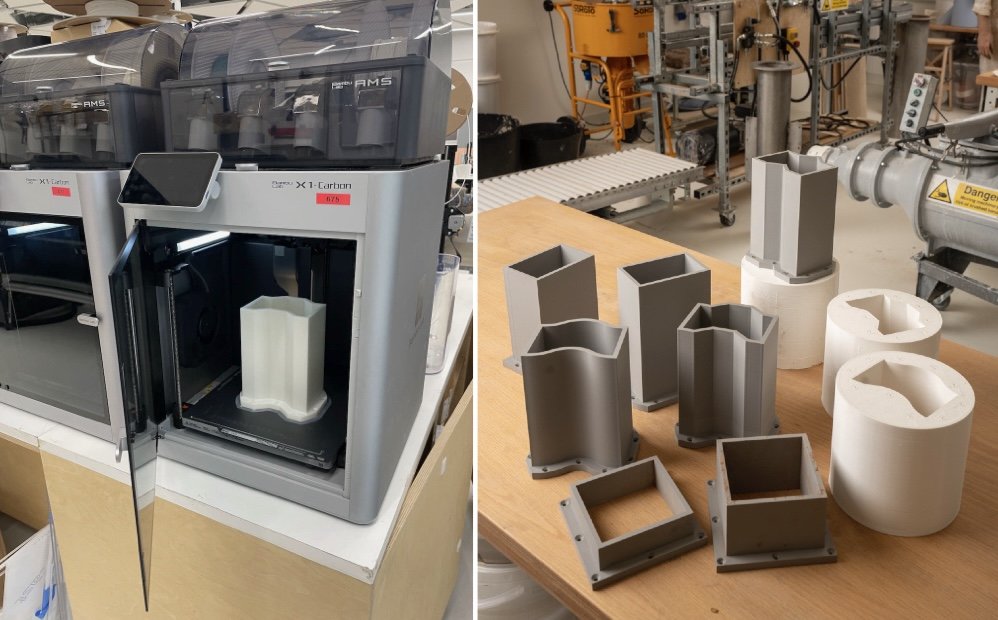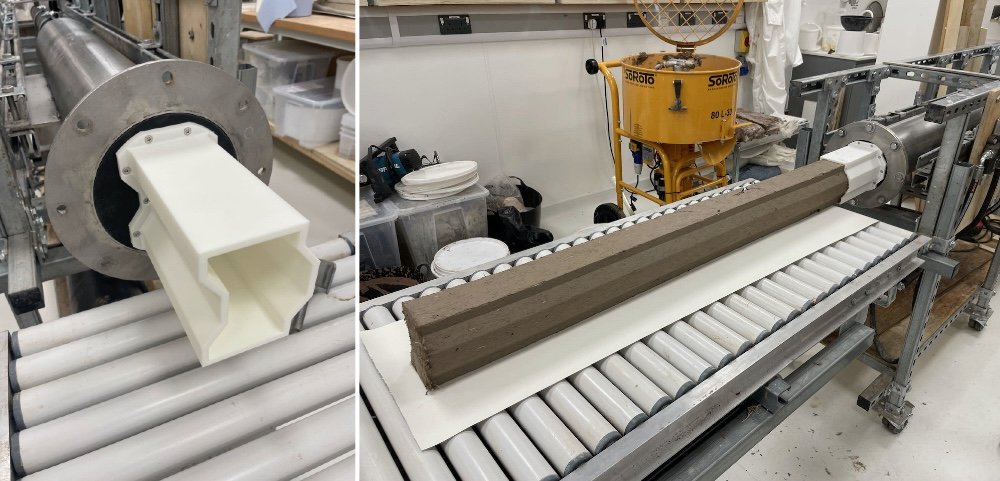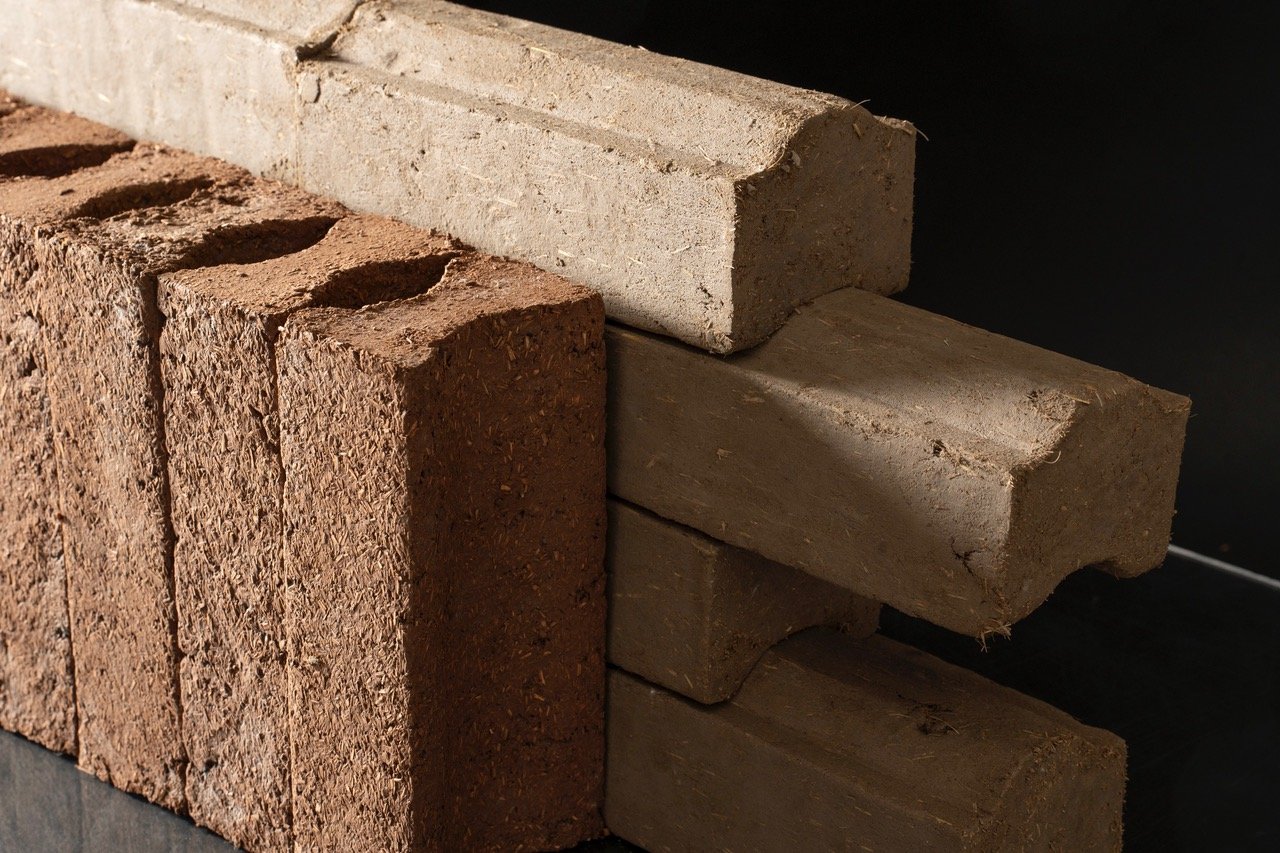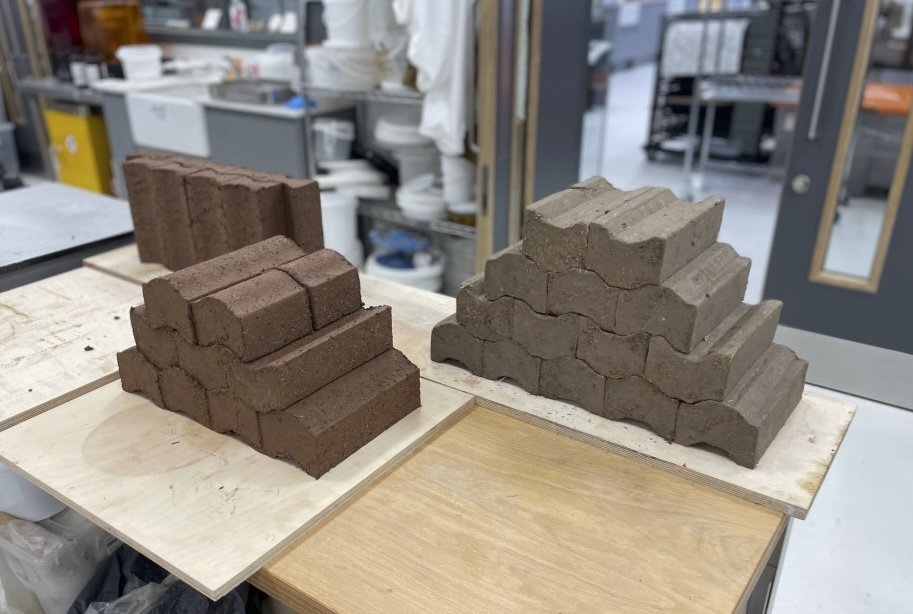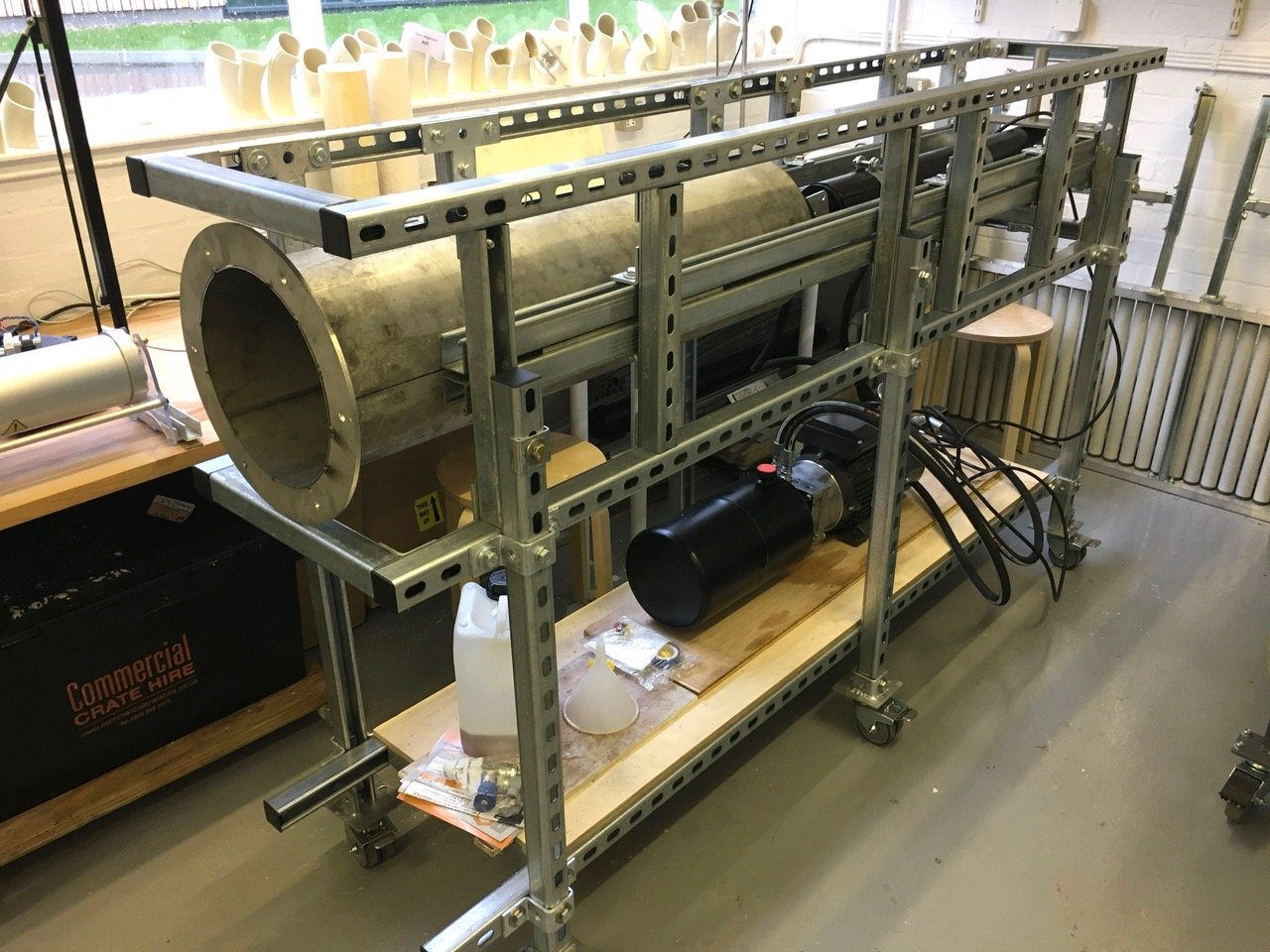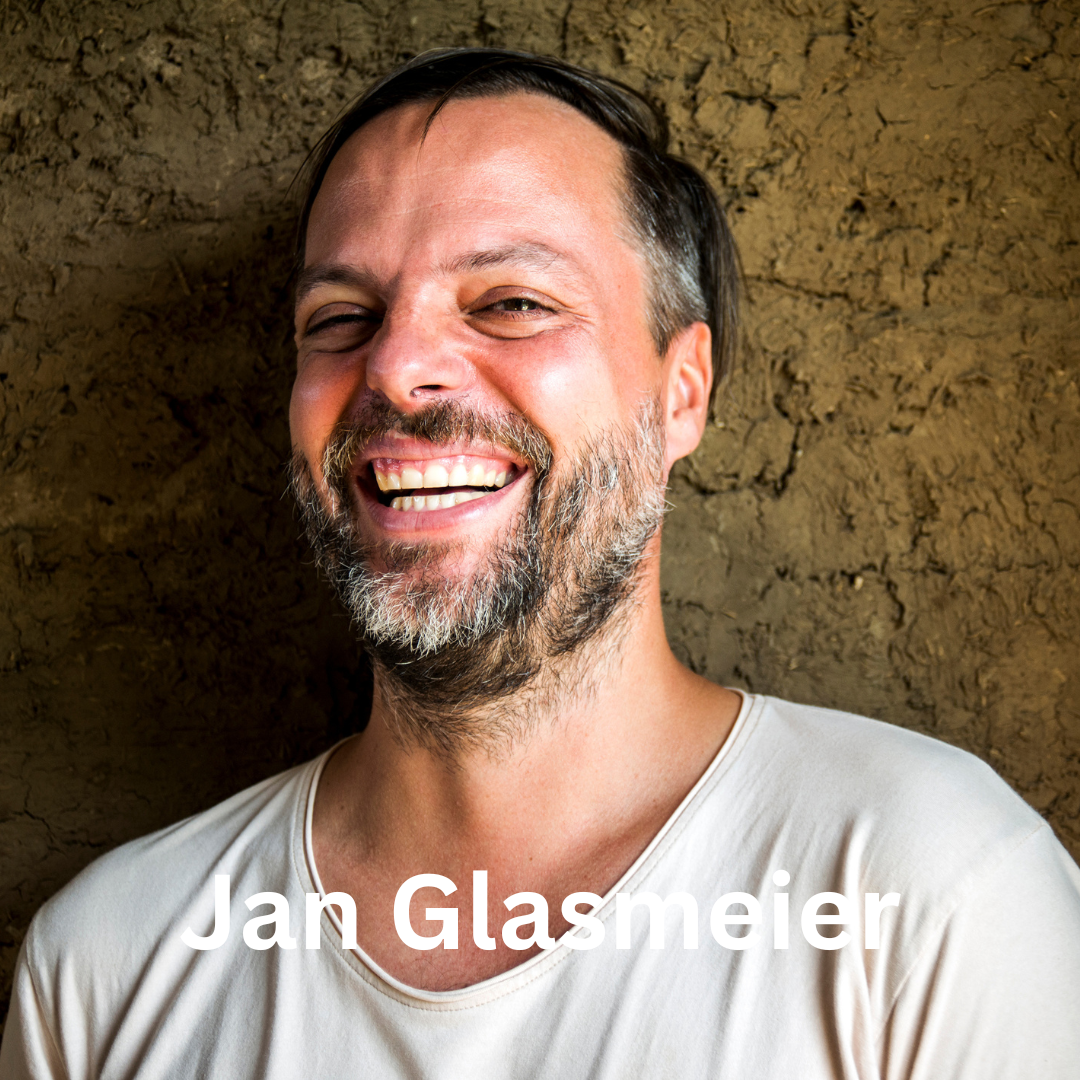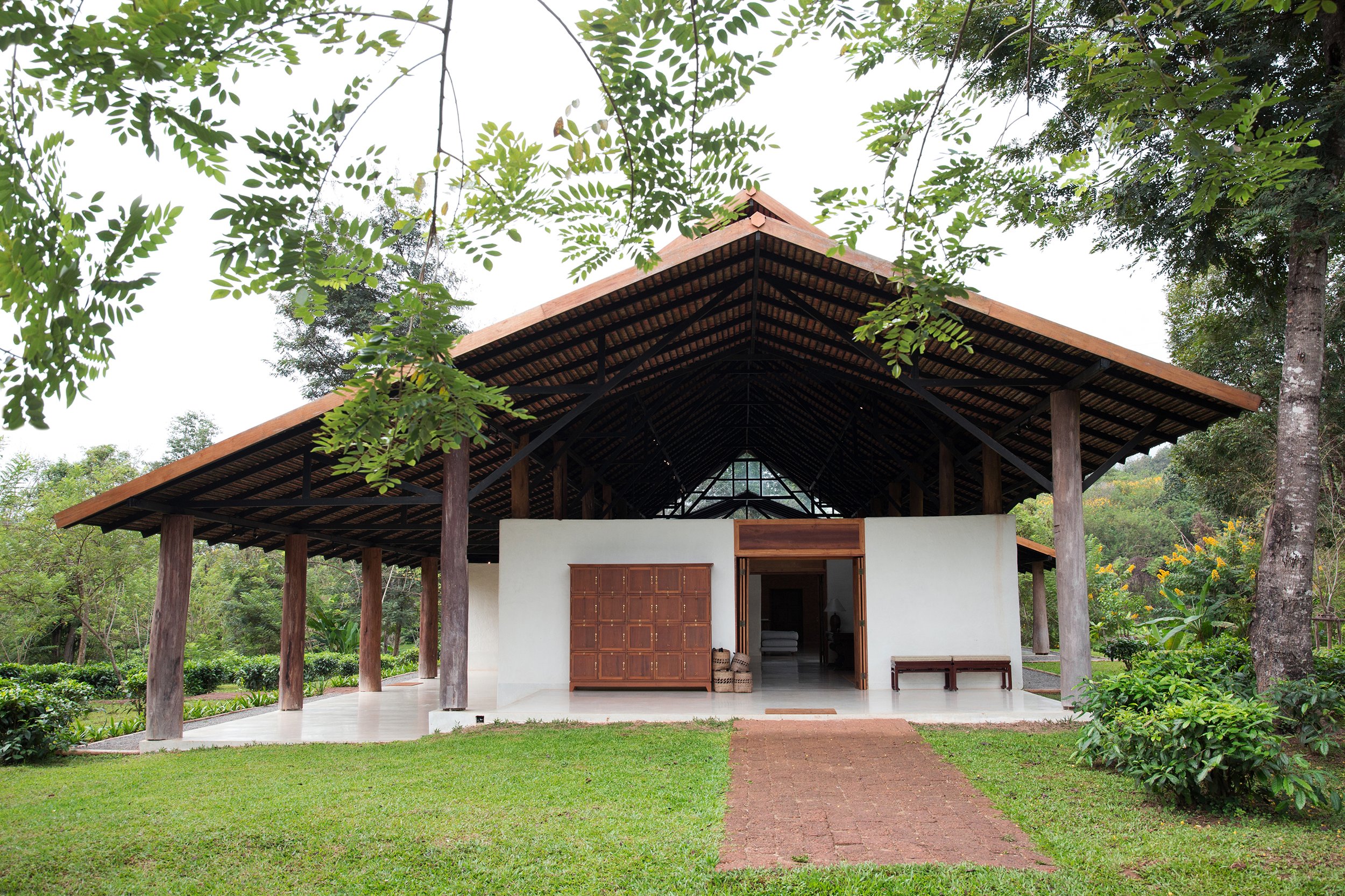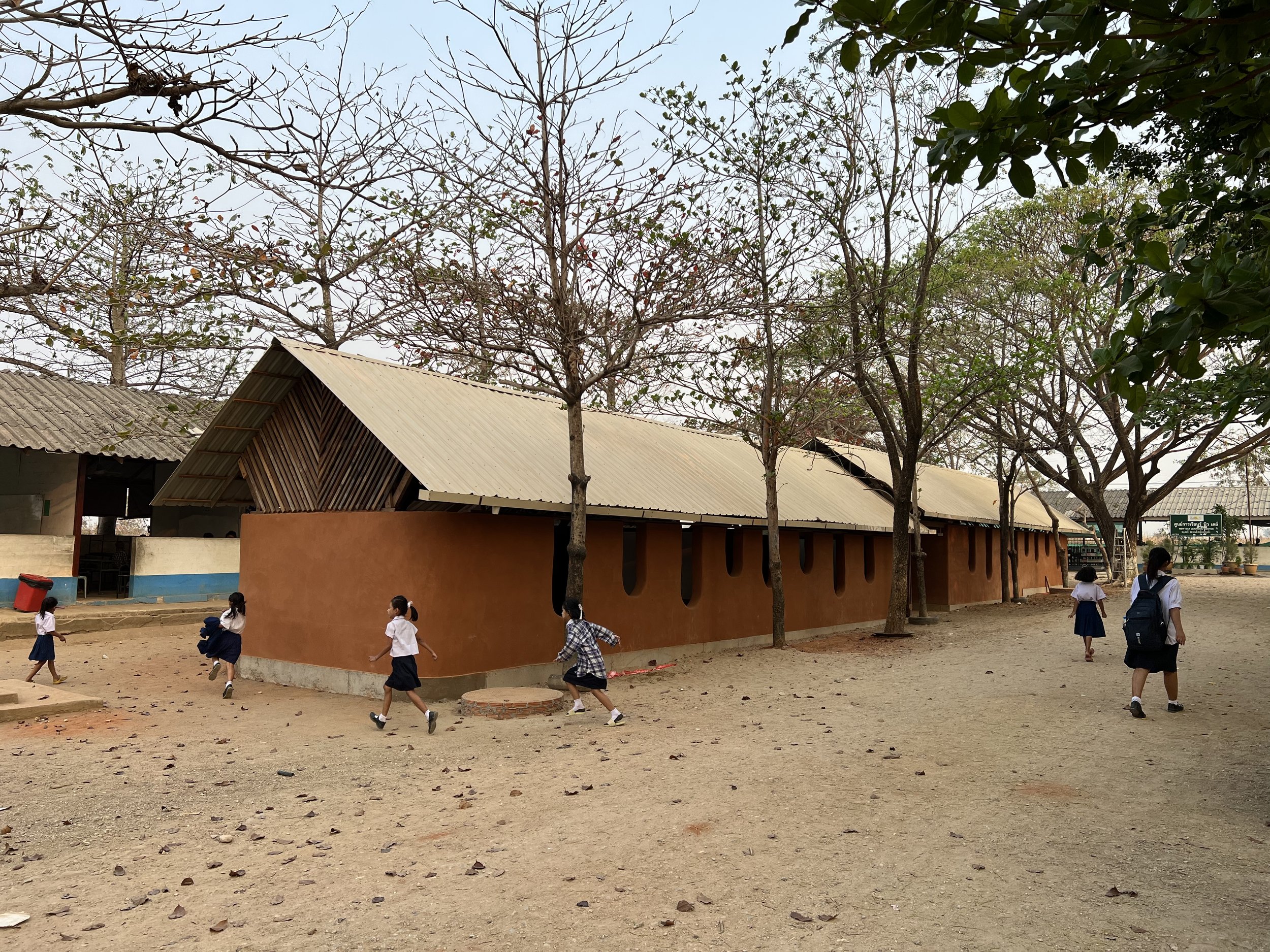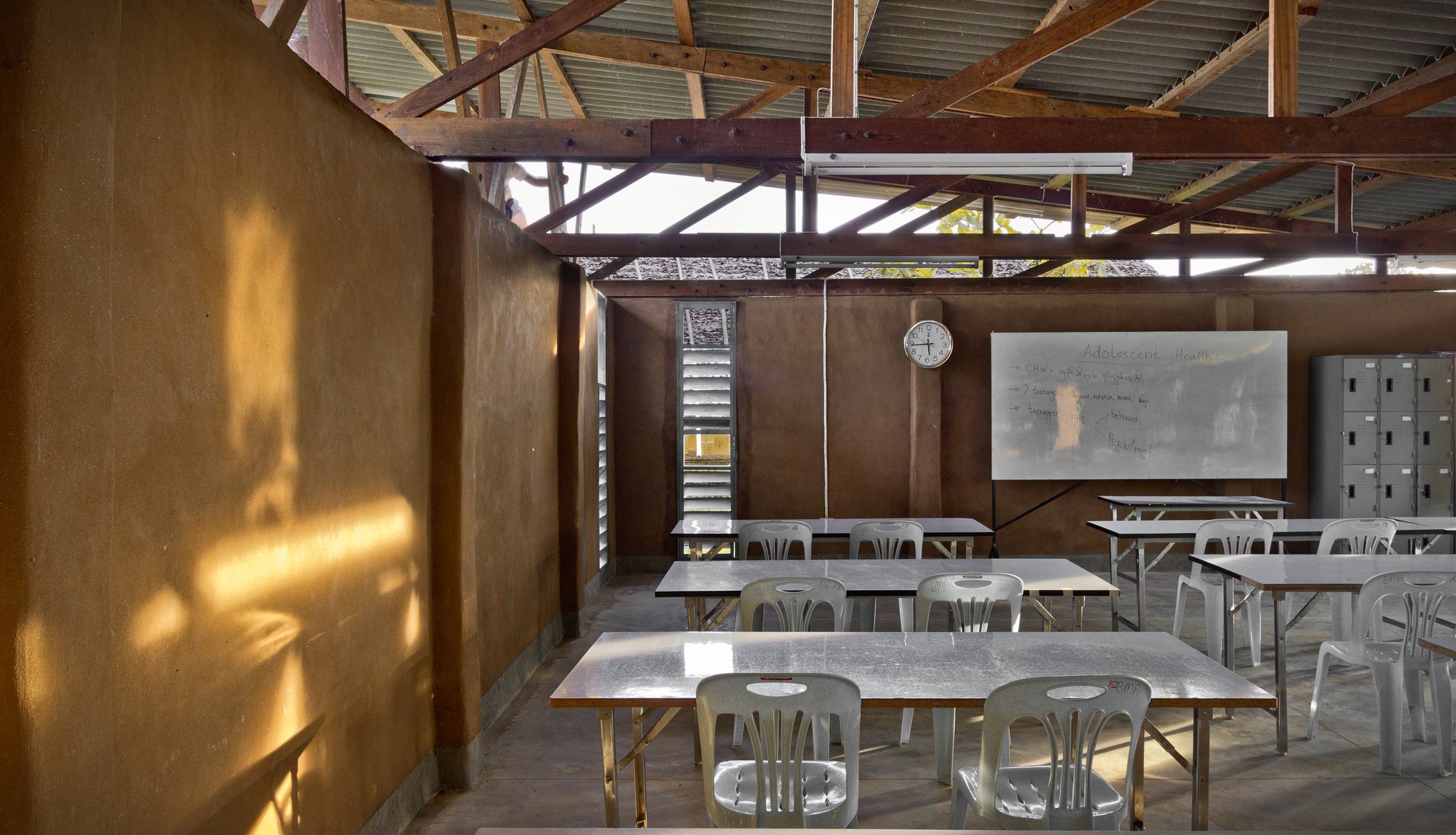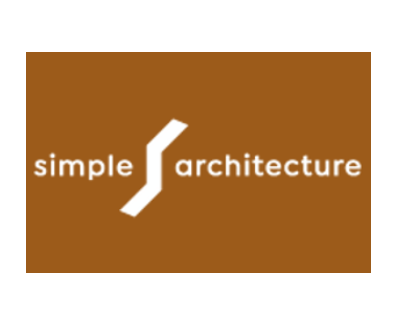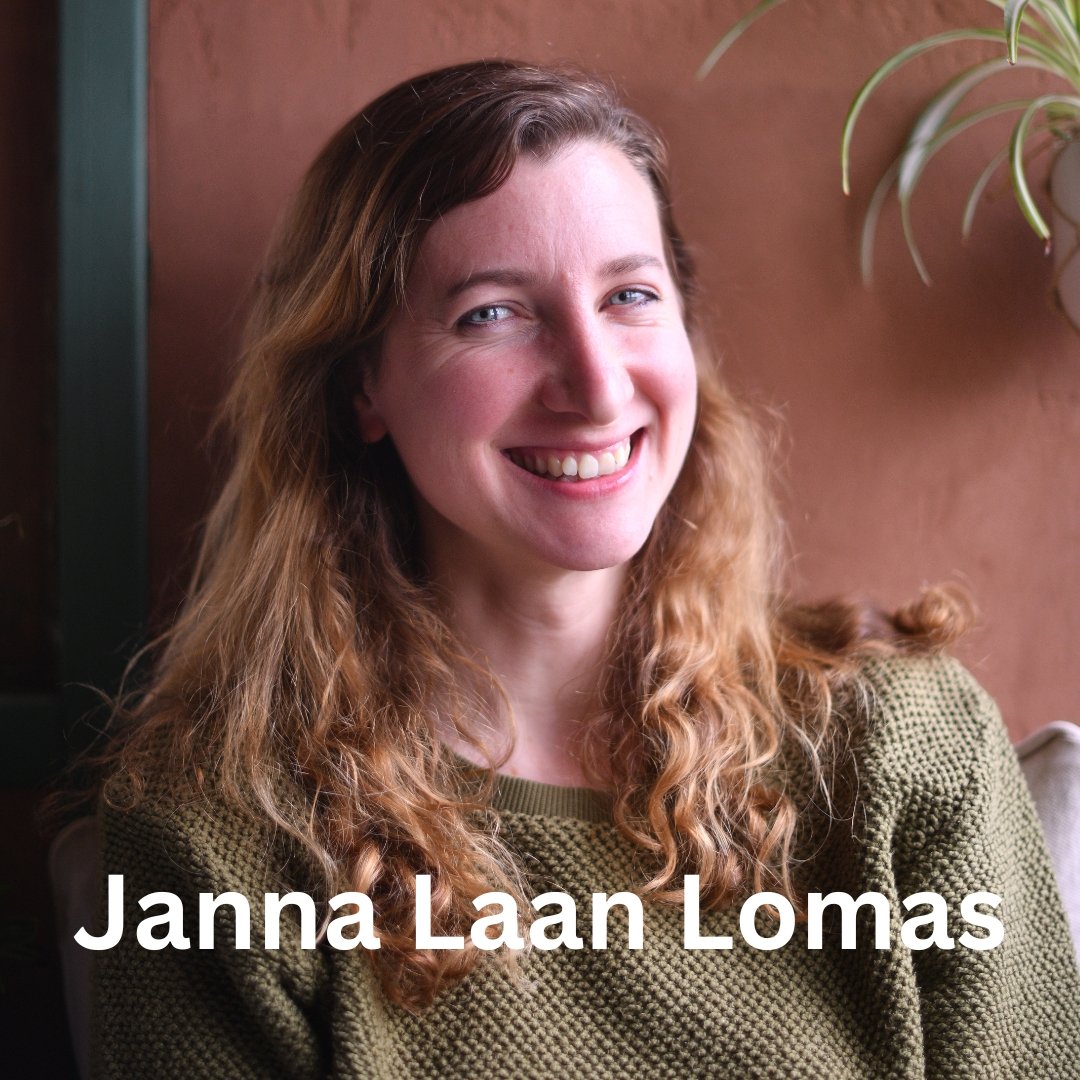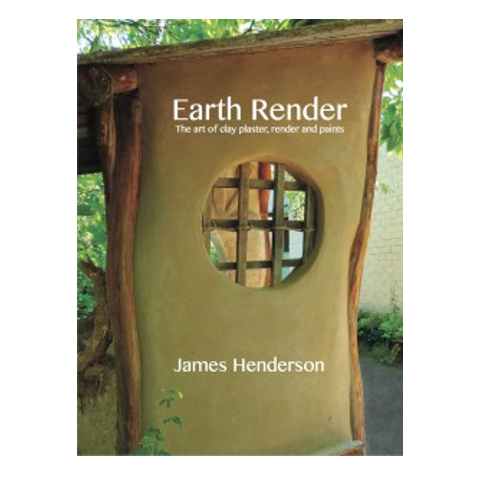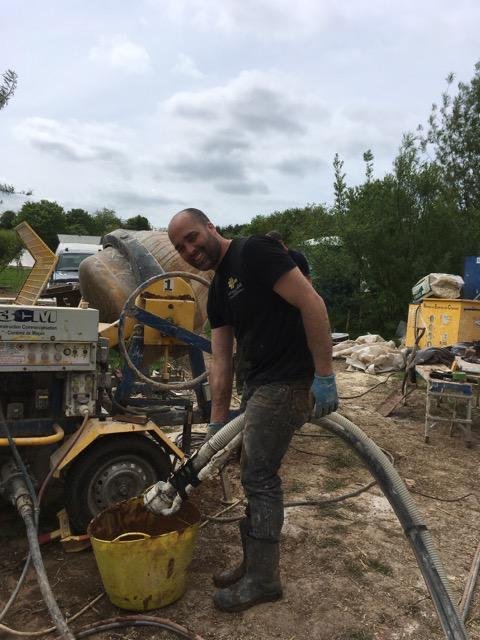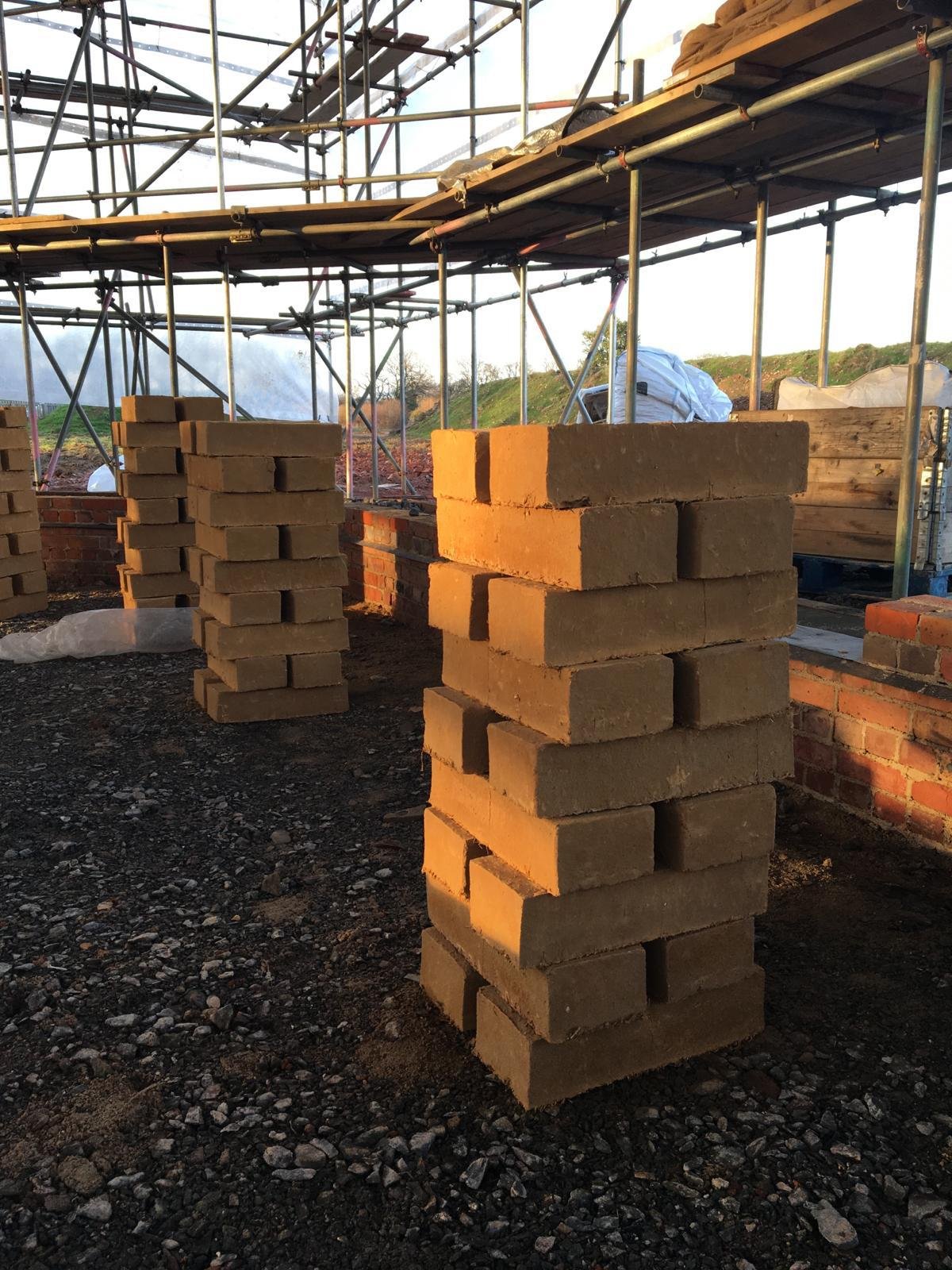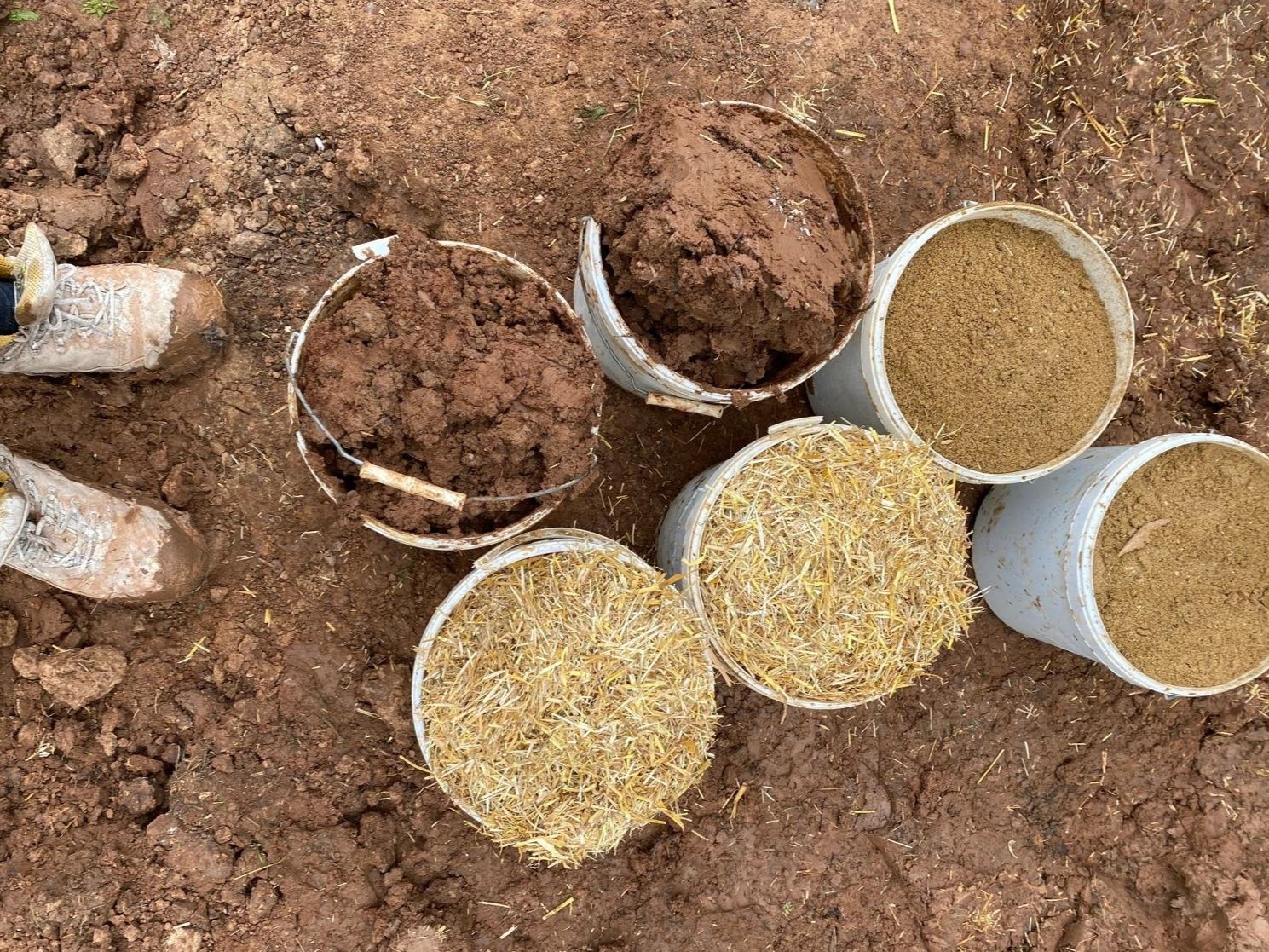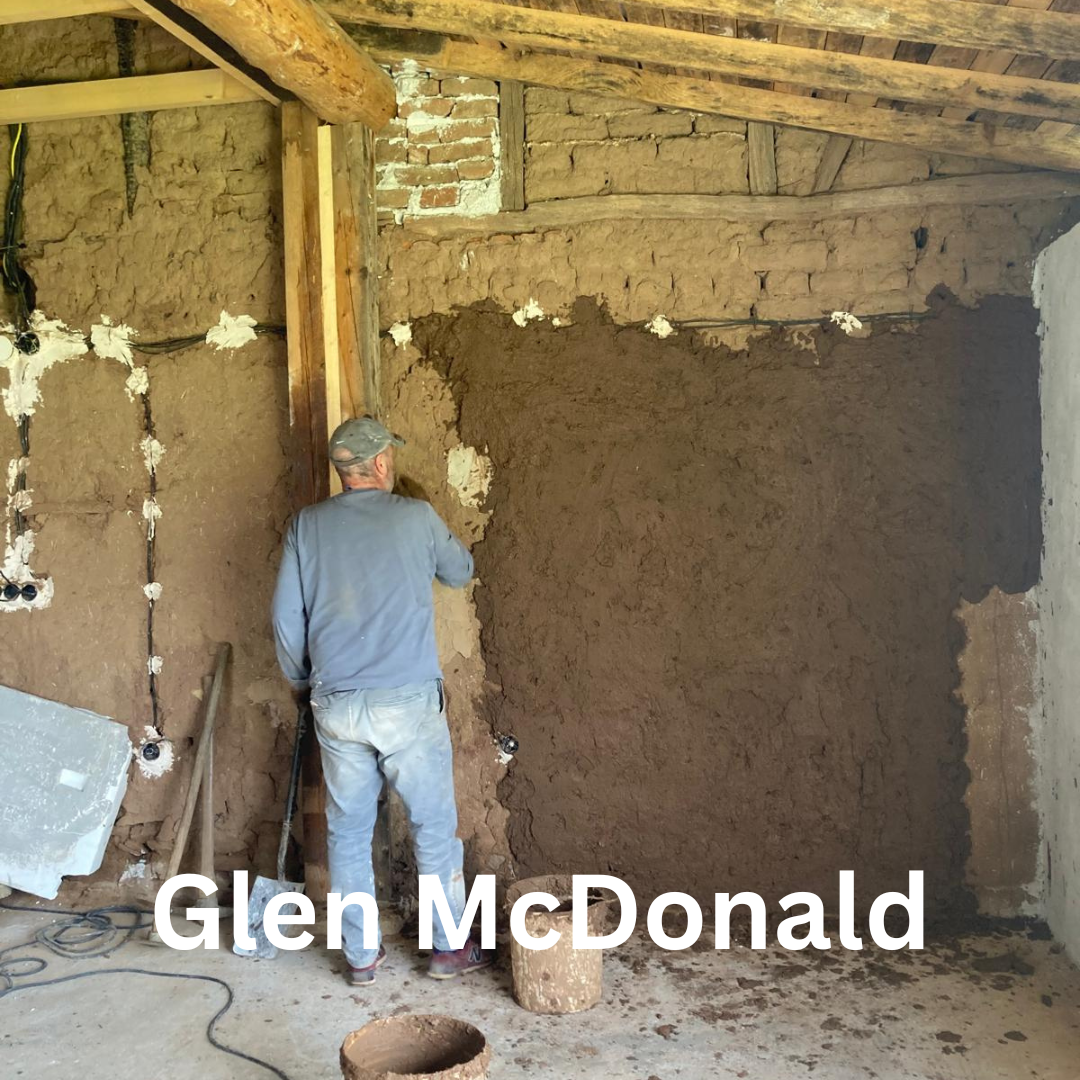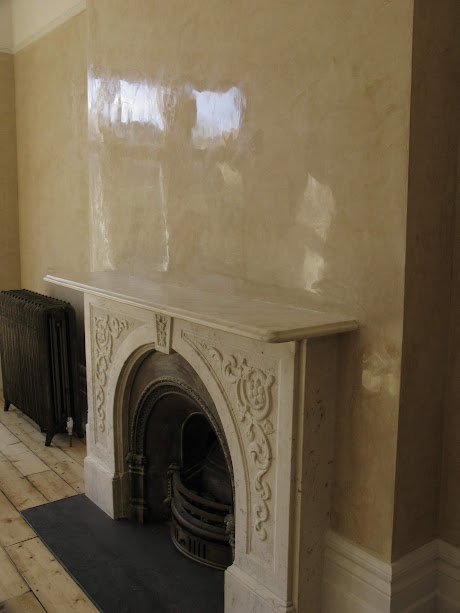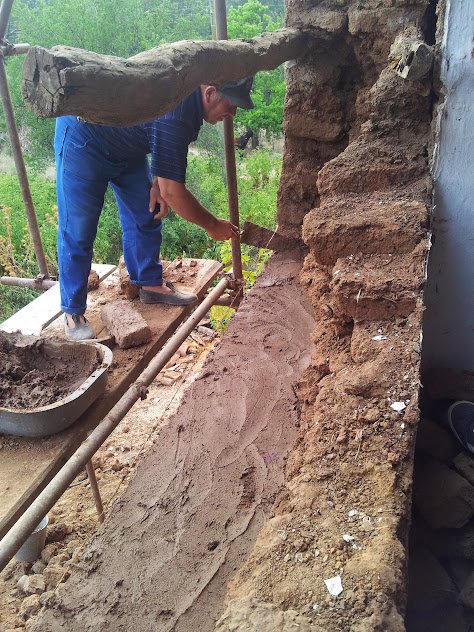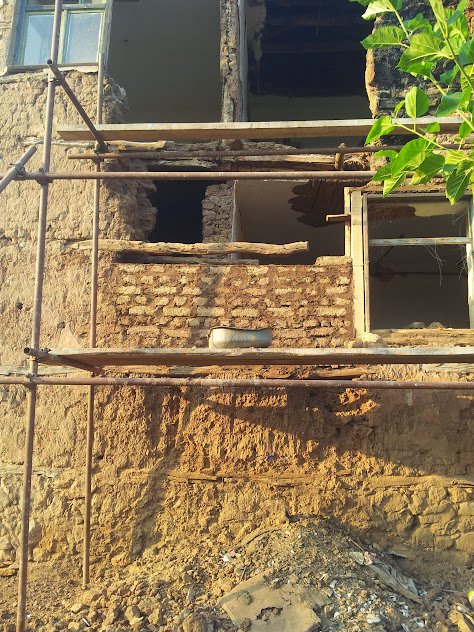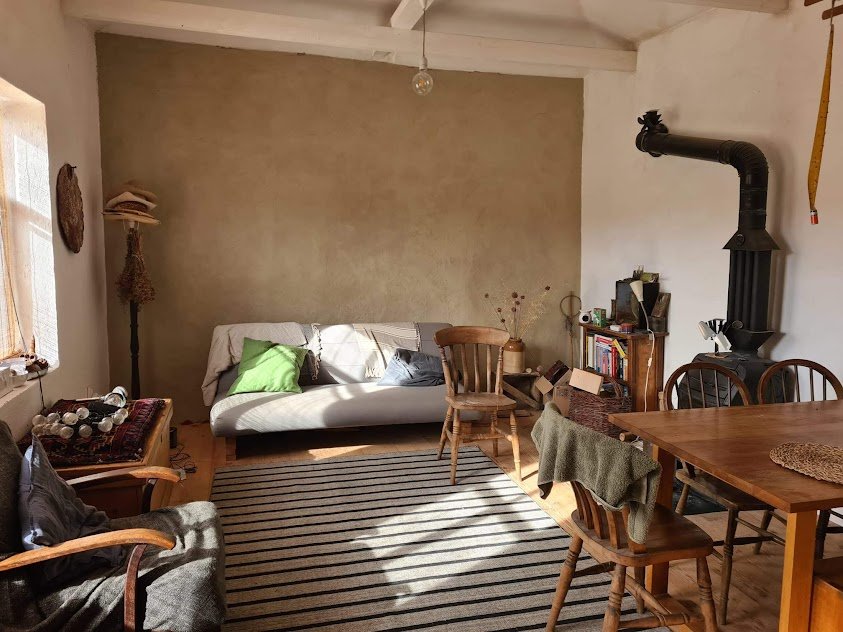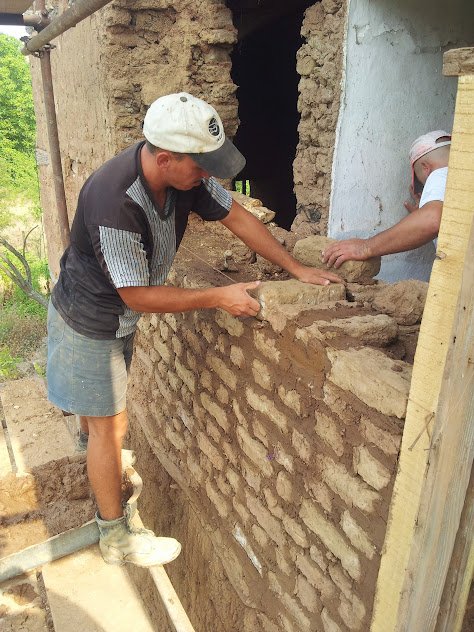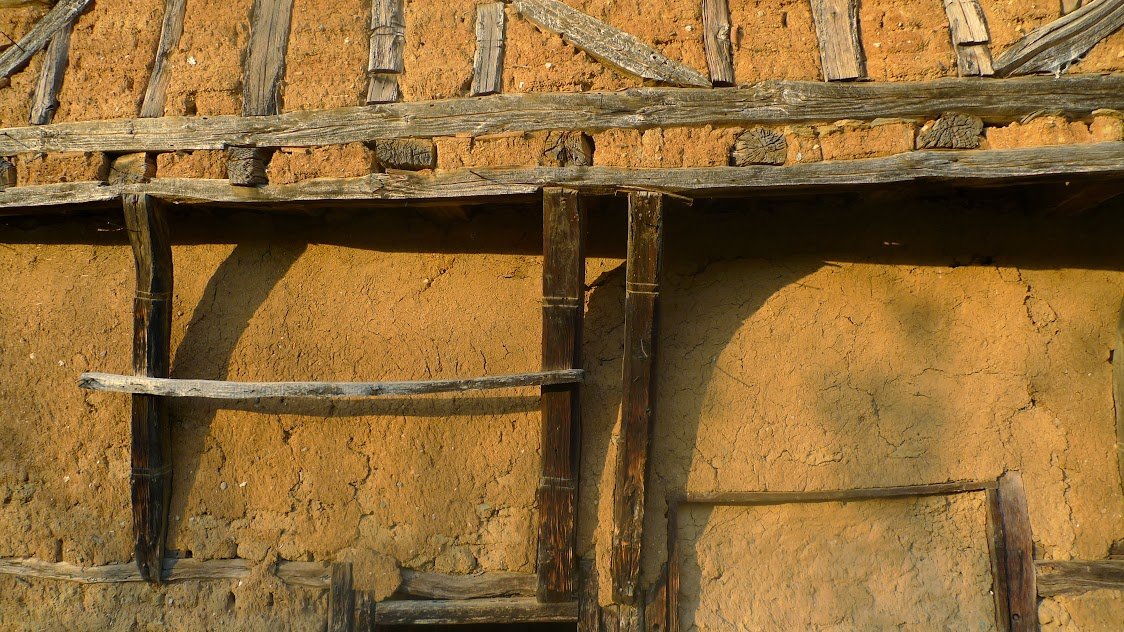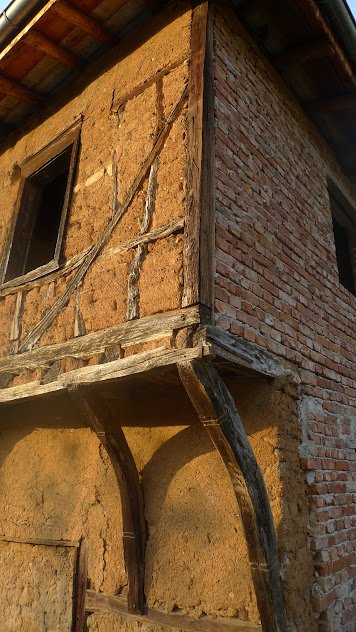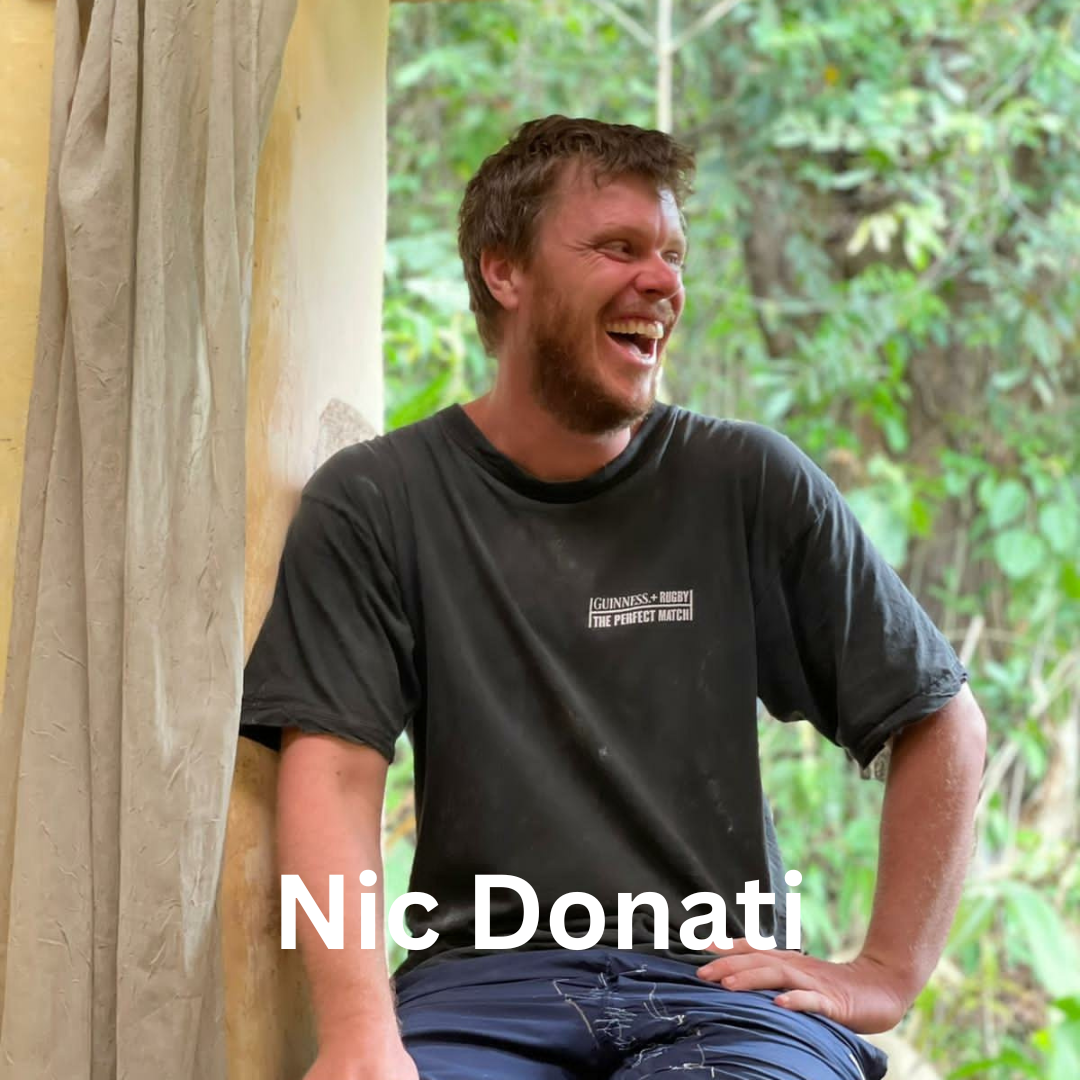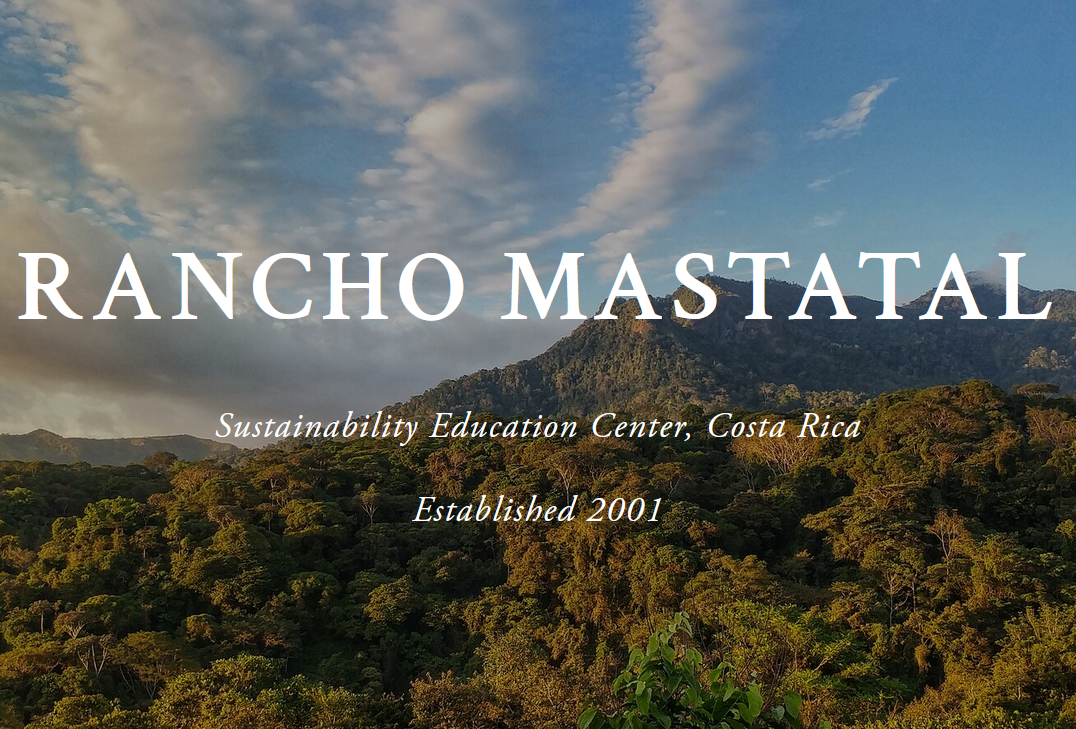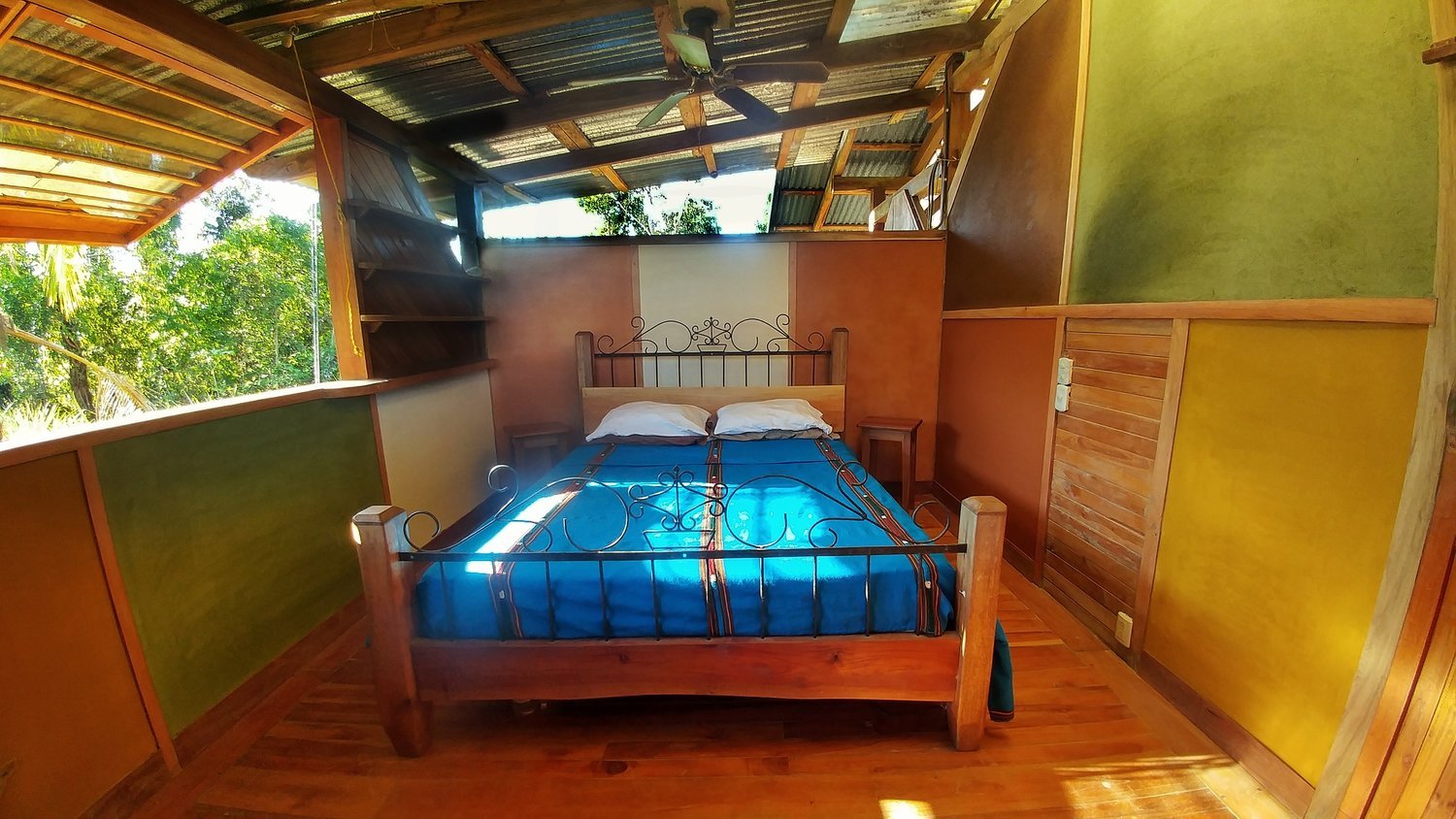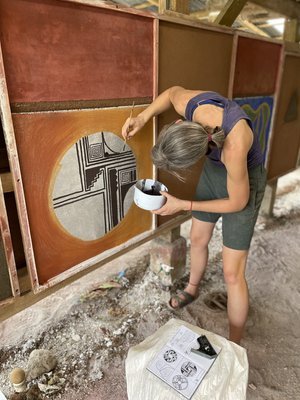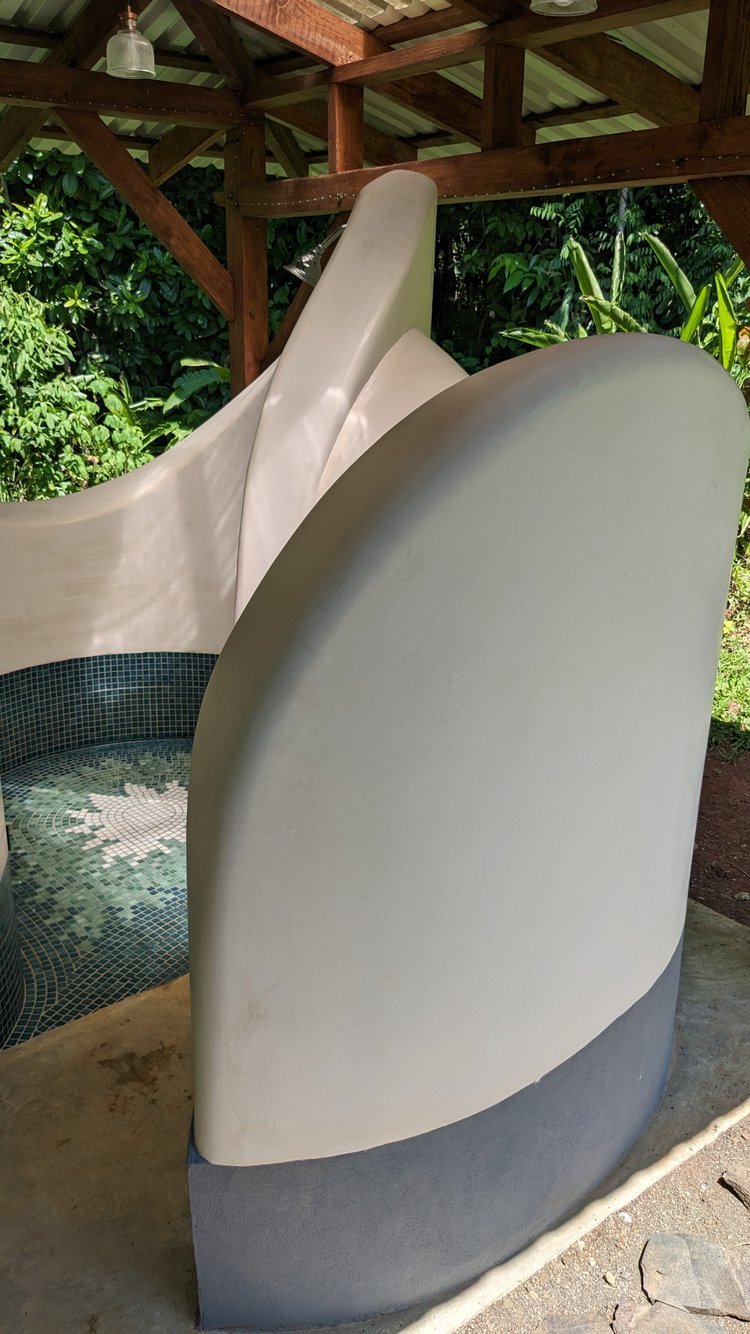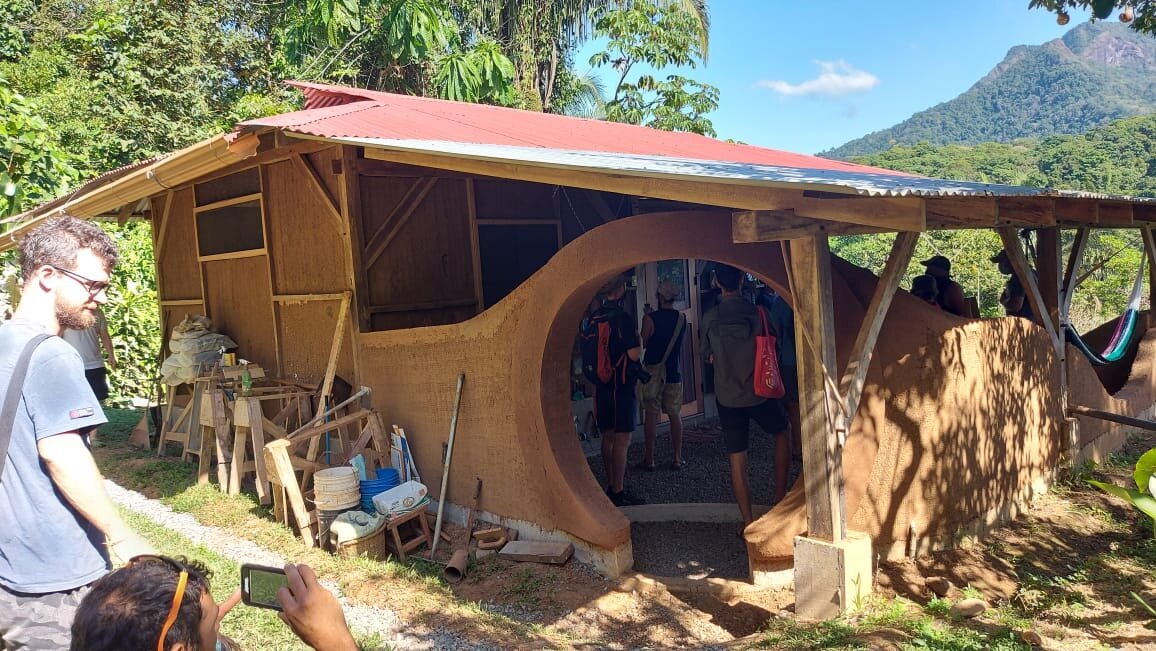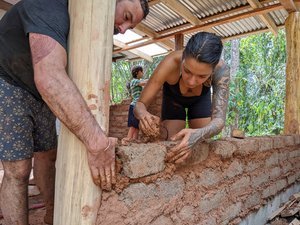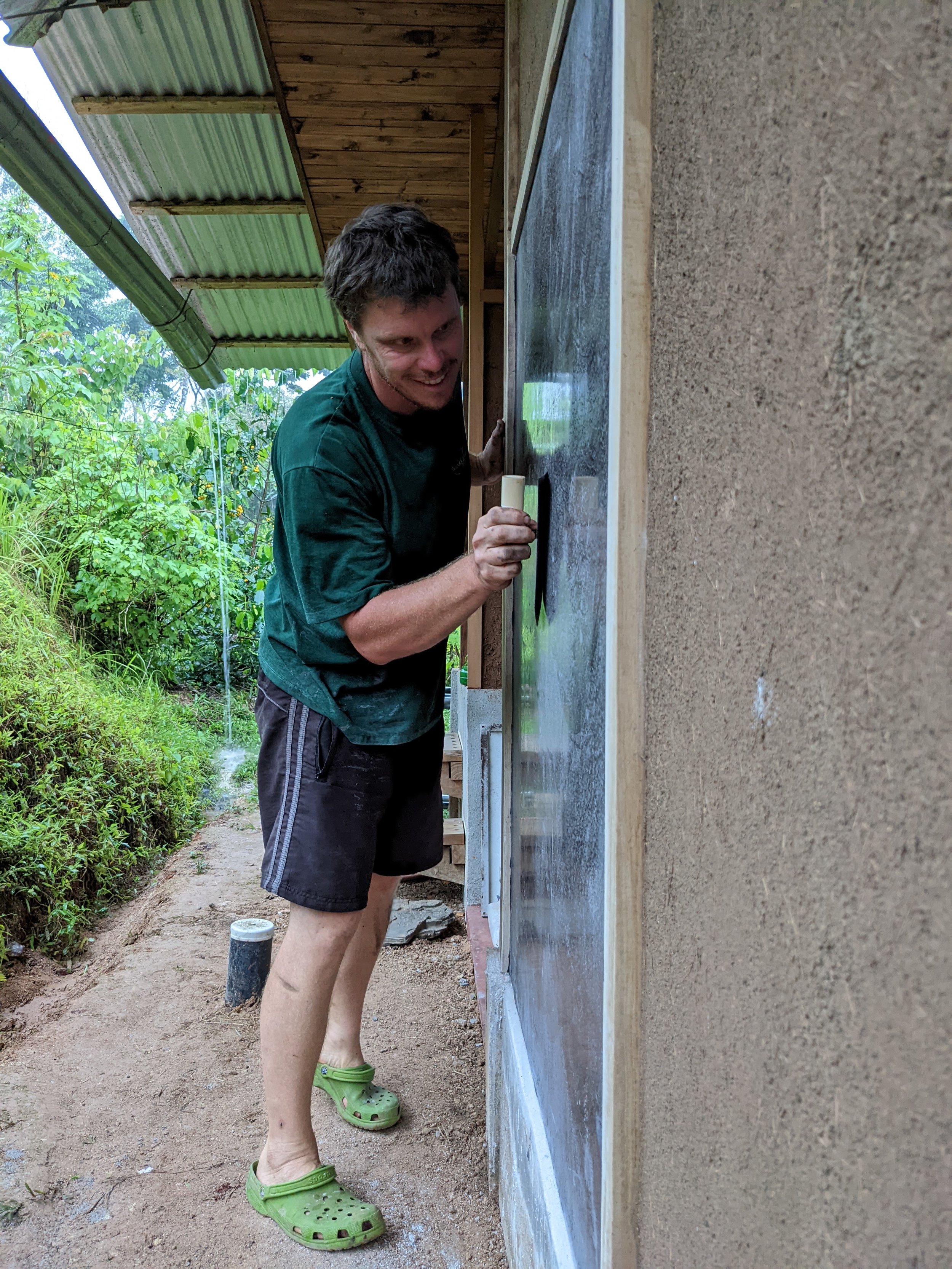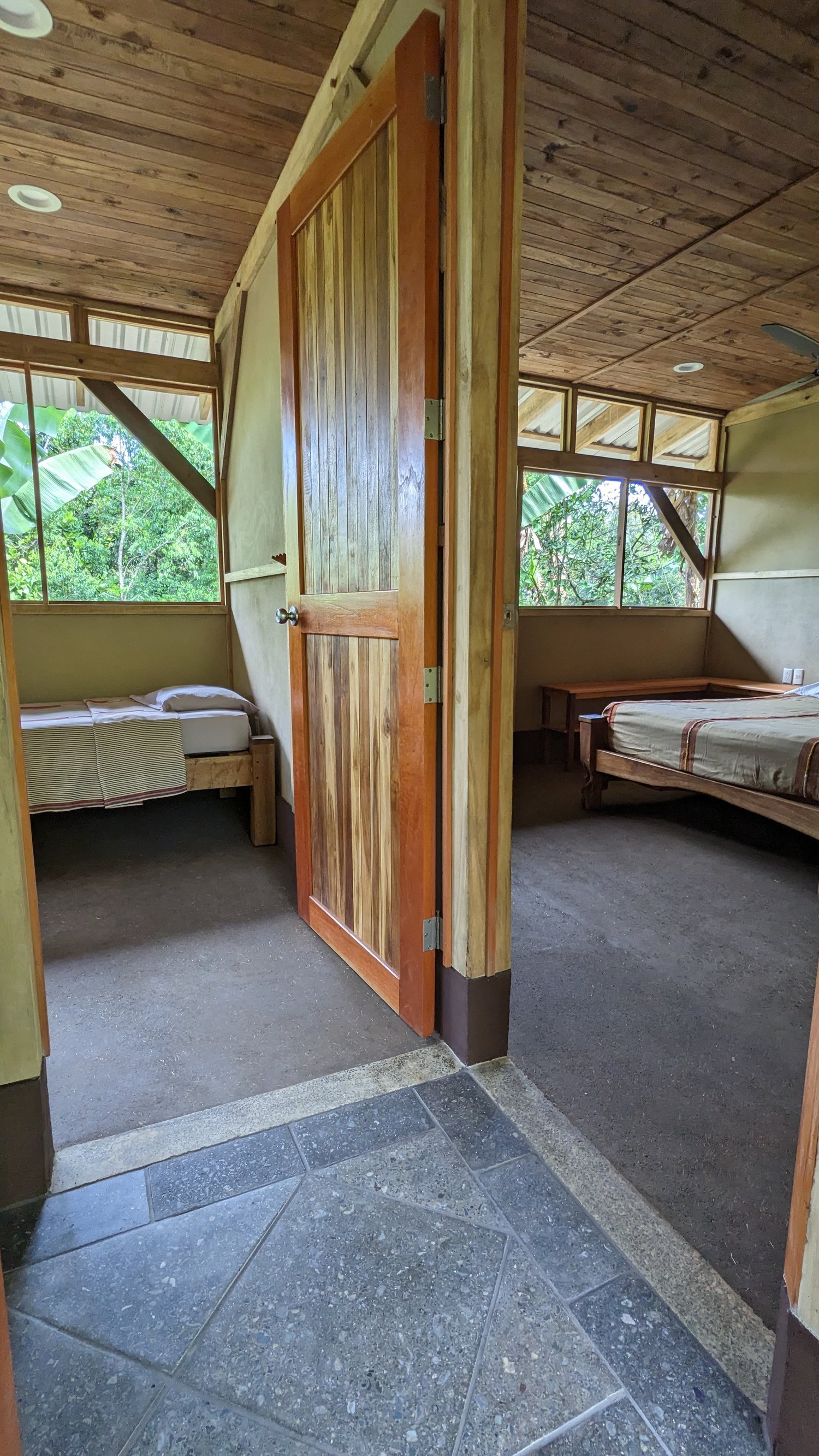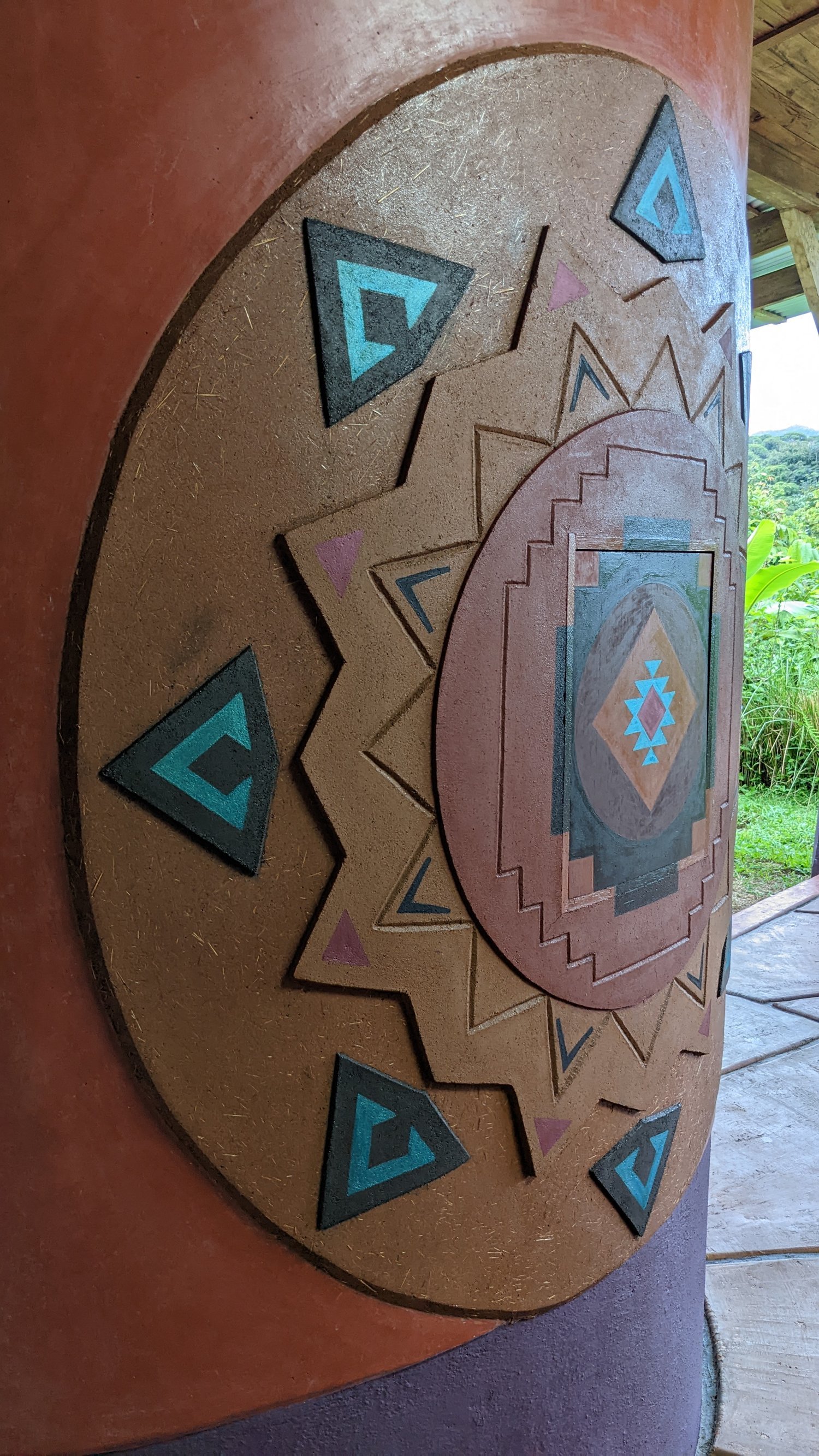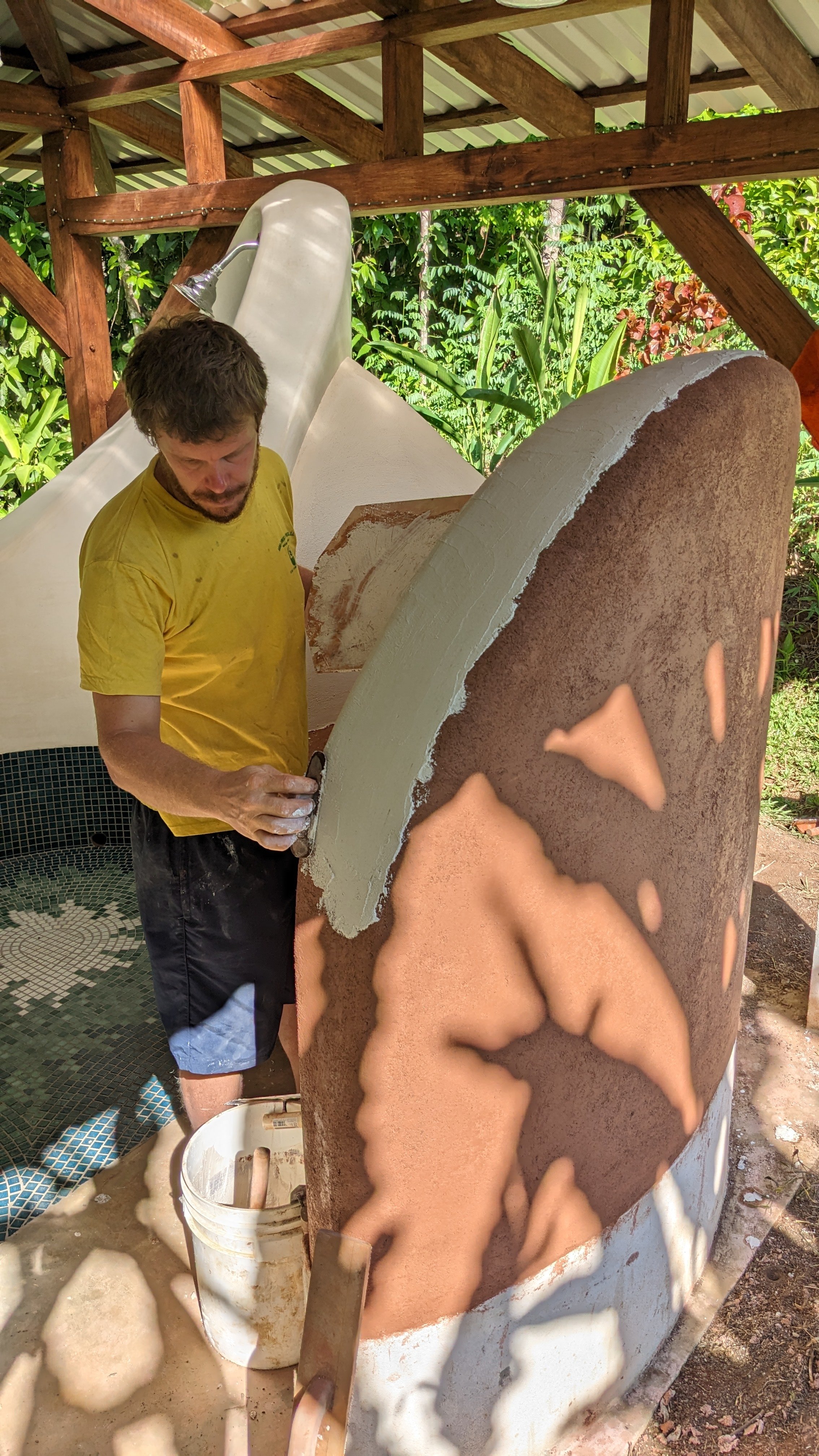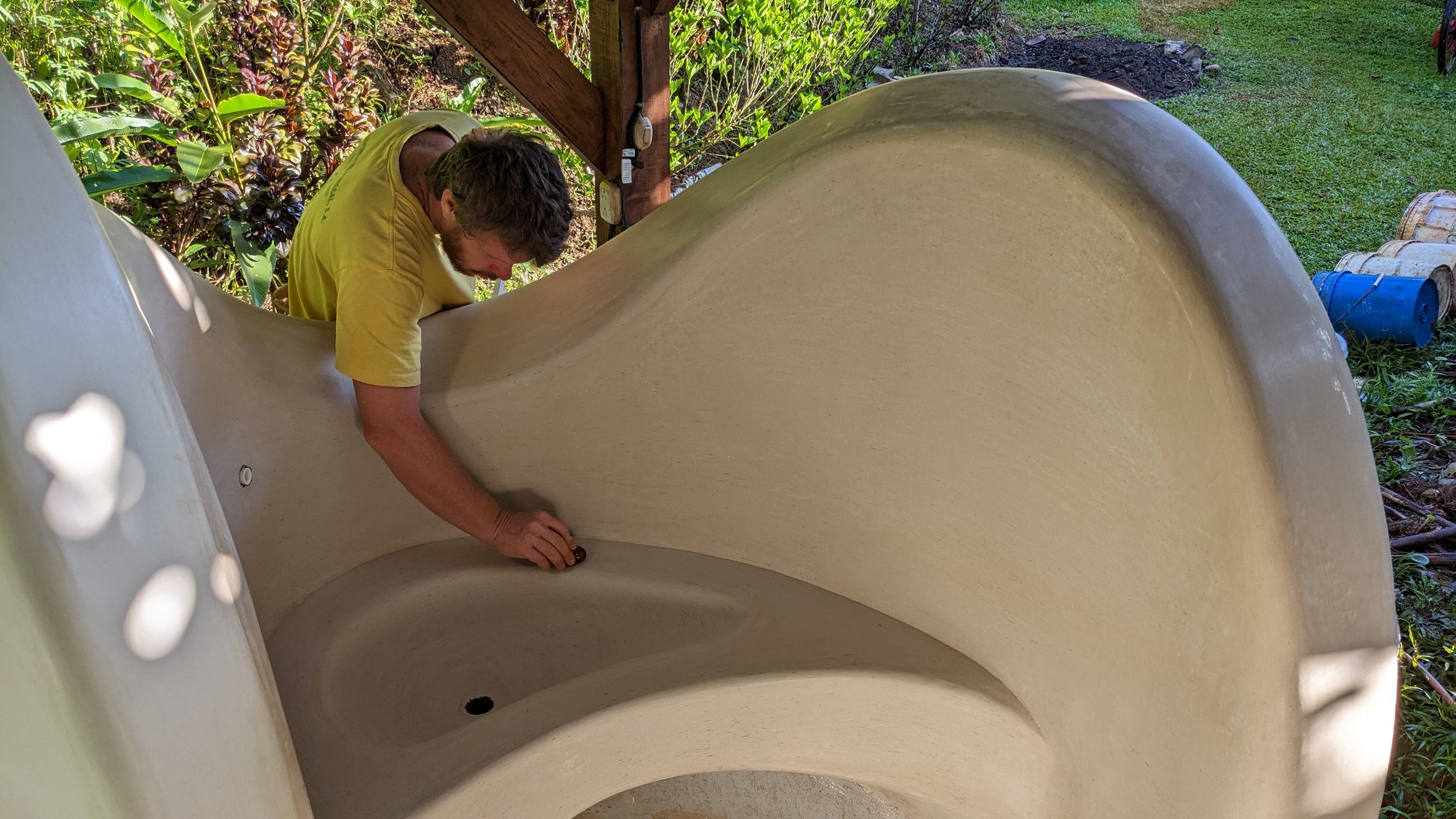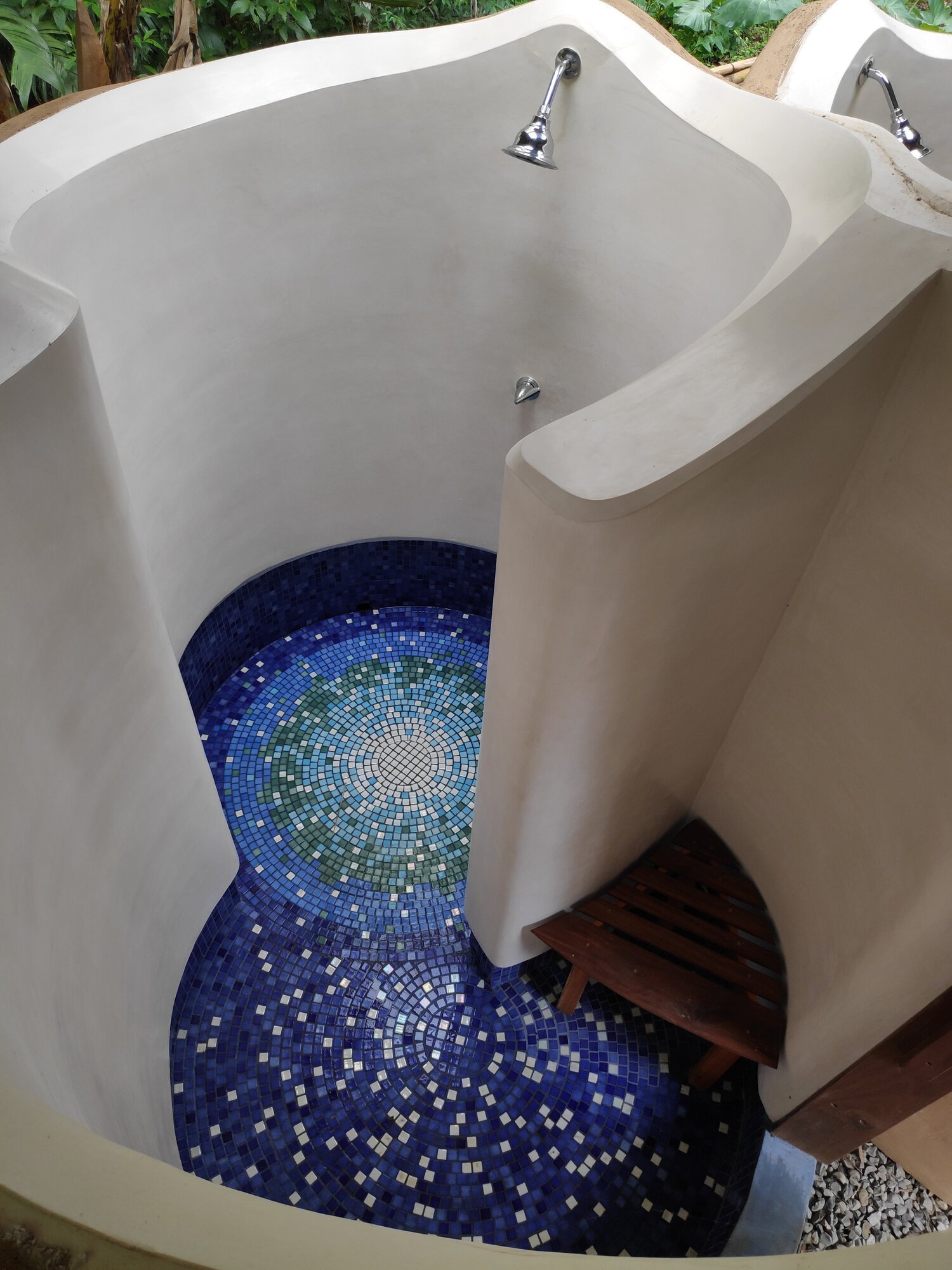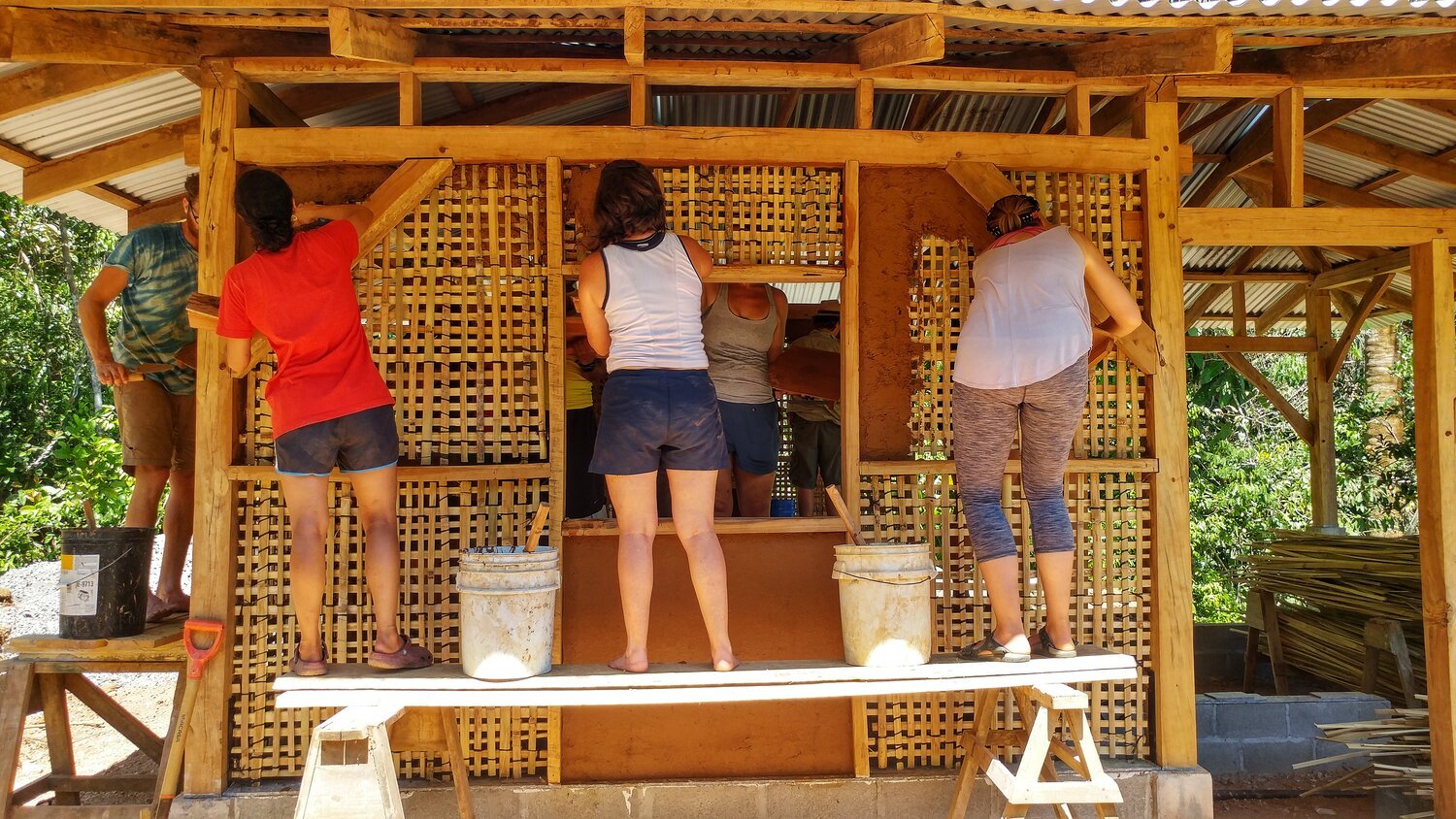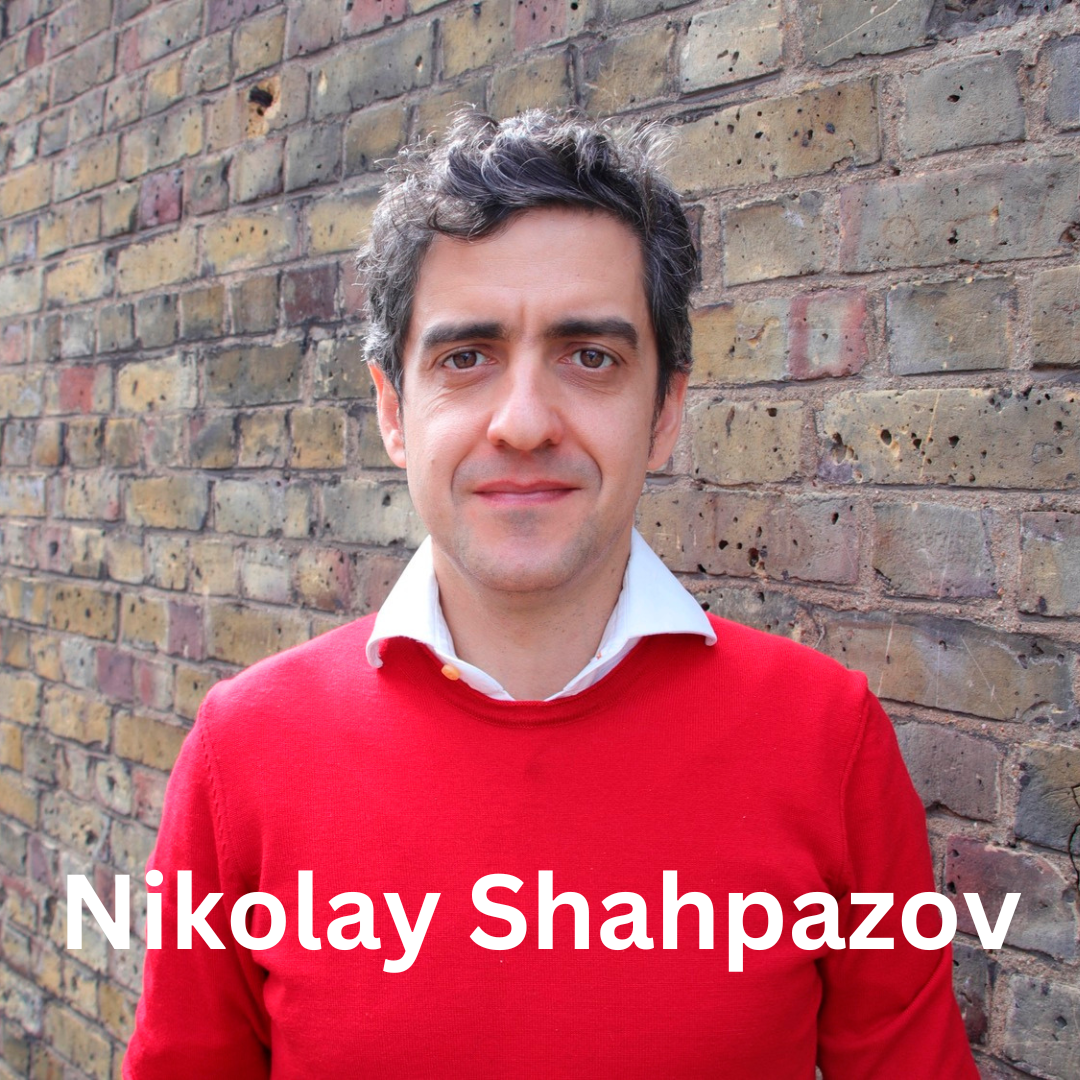Speakers for Conference at Clayfest 2024: Inside Earth confirmed!
Our first speakers for Conference at Clayfest 2024: Inside Earth, on Friday 19th July 2024, are now confirmed! Explore here the inspirational speakers and their biographies.
Tickets on sale now!
Standard Admission Price just £120 + booking fee
The Elgiva Theatre, Chesham, HP5 1HR
Friday 19th July Conference
OPENING SPEAKER: Harry Johnson
We are delighted that the Conference will kick off with Harry who is a partner at Assemble (the London-based Turner Prize-winning architecture and art studio), and has a background in architecture and the application of natural building techniques.
After joining Assemble, Harry studied Sustainable Architecture at the Centre for Alternative Technology, where he explored a hyper-local approach to material sourcing within construction. This research dovetailed with Assemble’s collaboration with BC Architects and Materials on the design of a new workspace for the Atelier Luma – a biomaterials lab.
The project explored a bioregional approach to construction where raw materials and byproducts from the local landscape combined with technical expertise such as BC’s practical application of earthen construction, infilled an existing train depot.
Harry is currently exploring low cost, low carbon approaches to construction through a range of workspace projects. Including the ongoing design, build and running of Assemble’s new studios and workshop in London. Alongside Assemble, Harry cofounded ReCollective, a not for profit organisation establishing a network of industries with excess materials and communities who require affordable materials.
Assemble is a multidisciplinary collective working across built environment disciplines, including: architecture, research, art and workspace. Assemble was founded in 2010 to undertake a single self built project, and has since delivered a diverse and award-winning body of work, whilst retaining a democratic and co-operative working method that enables built, social and research-based work at a variety of scales.
TALK: Assemble Studio - The importance of establishing local networks of materials and makers
”As a practice, we champion a way of working which is local and committed, positioning the architect as part of an on-going local conversation. Economically and organisationally this is often a struggle, and we are most proud of projects where we have been able to use architectural intervention to contribute to the efforts of a community to push forward change themselves. This has often led to the creation of organisations such as Granby Workshop - a ceramics workshop in Liverpool, which now has an independent life of its own.”
Due to a scheduling clash, Harry will be here instead of Maria Lisogorskaya who is co-founding director of Assemble and was previously advertised as speaker.
Harry will talk about the importance of engaging with local materials, sources and makers, and how establishing these local networks can create cultural shifts within a currently globalised built environment industry. He will reflect on his experience working on the Atelier Luma, where natural building techniques using materials from the local bioregion were applied.
He will also discuss how Assemble is collectively run, and have approached low cost projects through self build techniques and collaborating with communities.
Becky Little & Tom Morton
Becky Little is a builder, artist and teacher working with earth and natural materials in Scotland and beyond. Her company Rebearth carries out conservation, new build, community and training projects in a wide range of earth techniques.
Tom Morton (Arc Architects) leads a diverse practice in conservation, community and eco-building projects, with a particular interest in ecological design, vernacular materials, community-led regeneration and the confluence of natural and built heritage.
In recent years they have been investigating the origins of earth construction in Scotland with particular reference to Orkney.
TALK: Earthbound Orkney - 6000 years of earth construction in Orkney
Covering heritage, archaeology, application, education.
Exploring the origins of vernacular earth construction in neolithic Orkney through archaeology, architecture and art. See the video, the book, and much more here!
Tavs Jorgensen
Tavs Jorgensen is Associate Professor at the Centre For Print Research (CFPR) University of the West of England, Bristol. Jorgensen has a background in the ceramic industry where he worked as a designer before developing a career in academia. He joined the CFPR in 2017 having previously worked for the University of Plymouth. Prior to this post he taught for more than 10 years at the Royal College of Art and was also a Research Fellow at the Autonomatic Research Cluster at University College Falmouth which is widely recognised for pioneering research into the use of digital tools in design and craft practice.
Tavs’s work with Earth bricks is part of wider research project concerning innovation with clay extrusion for new applications in advanced manufacturing, ceramic industry and creative practice. Tavs are leading a several other research projects in the broad area of digital fabrication and sustainable production, including the development of mycelium base insulation, use of bio-sensors and 3D printing with bio-degradable composites.
TALK: The Development of Low-Cost Extrusion System for Earth Brick Production
The overall aim of the project is to contribute to development of building components for low carbon construction by presenting a blueprint for a complete fabrication system that enable researchers, architects, and builders to utilise new tools to experiment with novel earth construction approaches at incredibly low-cost, unprecedented speed and with minimal environmental impact.
This presentation will outline research focused on developing a new fabrication system to produce earth bricks via extrusion. The research includes the development of a low-cost extrusion machine constructed from basic of-the-shelf components. This aspect is combined with the development of a new design and production workflow that is based on use of low-cost 3D printers to produce the extrusion profiles (dies). The research has established specific geometries for the extrusion dies that are suitable for use with fibrous earth brick mixtures. Initial proof-of-concept experiments have focused on producing interlocking brick units that could facilitate very rapid construction of earth buildings.
Jan Glasmeier
Jan Glasmeier is a German Architect. Jan is holding a Diploma in Engineering form the Technical University in Darmstadt, Germany. Before moving to South-East Asia, Jan has worked with Foster+Partners in London and Abu Dhabi, as well as Arup in Singapore.
For the past seven years Jan has been working on the Thai-Burma border building for marginalized migrant communities from Burma. During his work, he was able to create a very strong bond with local communities and was able to complete about 60 projects (New Mae Tao Clinic Campus, Kwel Ka Baung School, New Training Center for Mae Tao Clinic, all Thailand, Wake-Up School, Nakhivale, Uganda, etc.)
Jan believes, that as Architects we should embrace cultural building traditions, which, over centuries, have proven to be energy efficient and sustainable. This traditional knowledge is often ignored by prevailing architects. It is Jan’s mission to bring back low-tech methods of creating building solutions which are a pure reaction to an individual person’s or community’s needs.
TALK: Examples of earthen community projects in the global south.
The design process is highly collaborative and consultative at each step, ensuring that the plans that sensitive to the local context, environment, and needs of the client. We will showcase the flexibility, durability, and sustainability of local materials and natural building which are often centering around recycled wood, bamboo, earthen bricks and natural plasters.
New Build featuring Natural Finishes. In our brief we will showcase examples of community architecture projects we have build over the past ten years.
Our projects are promoting sustainable architecture that meets a social purpose.
FEATURE SPEAKER: Janna Laan Lomas
“I founded Grain Architecture in 2015 after completing my Part II at CAT (Centre for Alternative Technology), and I also co-founded NBUK (Natural Building UK) and then the Natural Materials group within ACAN (Architects Climate Action Network) in order to spread awareness and knowledge of building using natural materials. Studying at CAT gave me a real sense of urgency to impact the industry as much as possible to shift towards using low-carbon and ecologically friendly materials. Grain Architecture is a small practice (currently 4 people) specialising in sustainable design using natural materials.
We started out working on low-tech 'deep green' projects, such as a self-built roundhouse using local roundwood timbers, straw bales and clay plaster, but we are increasingly working on high-performance projects using pre-fab panels and MVHR systems. Still passionate about the purity of self-building with clay, wood and straw, we've explored various ways of bringing these materials and principles to other types of construction and integrating appropriate technology. We're now working on a wide variety of projects including listed building restoration, deep retrofits of existing buildings, new-build passivhaus and AECB building standard, and a mix of both residential and non-residential. Natural materials and environmental impact are always at the heart of everything we do at Grain, and we continuously strive for ways to improve the way our buildings are made and work. I believe we need to share knowledge on this as much as possible to keep learning and I very much look forward to talking at Clayfest this year.”
TALK: Bringing clay along an architect's journey from 'hobbit house' to passivhaus
As an architectural designer passionate about low-impact building using natural materials like clay, this talk will be about integrating these principles into high performance modern construction such as pre-fab panel Passivhaus. I'll talk not only about design projects including a self-build straw bale roundhouse and a
pottery with rammed earth floor, but also in detail about my own house build project, which is currently under construction, and the ways in which I'll be using clay from the site in various forms for it's excellent thermal mass and moisture regulation properties.
James Henderson
James Henderson is a professional builder and natural plasterer who lives in the USA. James' company NW Natural Homes designs and build custom Straw Bale, Hempcrete and Natural Homes. James is a partner in Goldhill Clay Plaster, a company producing pre-mixed clay plaster in the USA.
James is also the president of the Natural Plasterers Guild, an organization that runs professional trainings and gatherings for people working with Natural Plaster. In 2013 James published "Earth Render, the art of clay plaster, render and paints."
TALK: Cover the world with clay plaster. Assessing and preparing different wall systems for clay plaster.
All about Natural Finishes. James will talk about the techniques of assessing the suitability of wall for a clay plaster installation and the steps in preparing the wall for clay plaster.
FEATURE SPEAKER: Will Stanwix
Will has been building with natural materials for the past 15 years, co-author of The Hempcrete Book Will is best known for building and renovating with hempcrete.
Lately, Will's passion for natural building has focussed on earth in construction and he was instrumental in the design and construction of the earth-domed children's nursery at HGMatthews in Bellingdon built with a combination of structural earth blocks and insulating hempcrete.
Will also designs, produces and supplies clay plasters and clay plaster ingredients and has begun adapting standard construction machinery for processing and applying site soils.
TALK: Inside earth.... faster! Exploring mechanising earth construction and the use of pre-dried block to speed up construction.
Using spray machines to spray light hemp earth insulation. Using mobile roller pan mixers to process earth faster on building sites. Using pre-dried blocks to build earth structures faster. He will be covering both new build and renovation.
Glen McDonald
“I first discovered mud brick buildings in Australia in 1986, working in Dandenong hills near Melbourne. I have since worked on earthen buildings in France, Spain, Australia, UK and Bulgaria.
I have worked on mud brick rammed earth builds for 30 odd years.
Australia France Spain Bulgaria. I’ve spent many years working on restoration projects, mainly stucco, plasters and polished plasters, with the odd refurbishment
.
For the past ten years I have worked with the organisation Global Generation, building with the community and students. We have just finished The Paper garden offices a cordwood walled building and are about to undertake the building of permanent offices in KingsX...a CobBauge build.
13 years ago I brought a house in Bulgaria, in the village Mandritsa. To my great surprise and joy the house I had purchased was made of mud bricks, in fact the whole village was made of mud bricks. Working with the local people restoring and rebuilding some of the houses has proved to be a great bank of knowledge and a very enjoyable experience.”
TALK: Restoration of mud brick houses
Glen will discuss the original building of the walls, the voids in the middle of the wall to allow for movement, the re-use of materials ie. mudbricks and and the plastering techniques, using hands trowels, floats and sponges.
Anna Castilla Vila
A degree in Architectural Interior Design left Anna unsatisfied with poor quality, conventional, and ultimately toxic modern building methods, and therefore she decided to study a Masters in the Biology of Building. This course taught her a holistic approach to building where common sense, health and ecology were the key principles, and was soon committed to challenging conventional building methods. It was at that moment that she decided it was time to get her hands dirty and began her professional career working with natural plasters.
Anna received a grant to join the Building Craft Programme run by the Prince's Foundation, where she had the opportunity to work shoulder to shoulder with master craftspeople, from whom she learnt the type of invaluable traditional skills that can be lost in just a generation. Since then, she works internationally as plasterer collaborating with different teams in both, heritage restoration, new builds or renovations. Passionate about the craft she carries out a continuous research about the materials and is involved in various training programmes.
TALK: The pros and cons of clay plaster being on trend
A reflection about the danger of the combo of natural building materials blended with conventional construction materials. In the last few years clay plasters become trendy in high decoration, this is positive because the material is displayed and there is more general awareness about the natural finishes. But as the natural finishes are getting trendy, they are being used a lot as a finish just showing off an aesthetic but not taking care of all the values or benefits of the choice of materials.
Nic Donati
Nic Donati, Rancho Mastatal's Director of Natural Building and Appropriate Technology and lead builder. He has been at the ranch for over 10 years and in that time designed and personally built many buildings including his own house.
He first came to the Ranch in 2007 and fell in love with the community and lifestyle he experienced there. Always good with his hands and wanting to get stuck in meant he was able to develop a wide range of skills both at the Ranch and other farms around the world. The lure of the Ranch both as a community and working environment have continually drawn him back and he now considers the Ranch community and Mastatal his home.
He believes that to engage, educate and nurture a desire in people to change the way we live and take more responsibility for every aspect of our lives from food production, to healthcare, to energy production and everything else in between is the only way things are going to change.
TALK: Earth building at Rancho Mastatal
Nic says. “I will mainly focus on our evolution of building in the wet humid tropics and the design strategies and techniques we employ to effectively create beautiful natural buildings in a very harsh environment! Our buildings are typically traditional timber framed and wattle and daub and our style has evolved to create modern looking structures with refined finishes to make them appealing to local people.”
Felix Sagar & Alys Hargreaves
Cella is a collective of makers exploring the relationship between spaces, materials and ecology through building, teaching and writing. Focusing on the urgent need to rediscover a harmonious relationship between culture and nature, we address social issues through the lens of inter-being: seeing communities as collections of people, materials and landscapes which stretch across vast timescales.
Since our founding in 2018, our team have completed spaces, material research, ecological studies, educational workshops and a series of structures in the UK and Portugal. We have collaborated with a long list of people, groups and institutions, which includes artists, musicians, regeneration projects and earth construction experts.
TALK: Earth Inside London
Topics:
a) Teaching Earth: learning with young people through workshops.
b) Accessible Earth: A collaborative medium
d) Democratic Earth: accessing free material waste streams
c) Alien Earth: Generational disconnect
e) Processing Earth: What have we learnt?
“Over recent years, we have facilitated a series of workshops for young people, focused on earthen construction, earth processing and ceramics. We will be talking about these workshops, and some of the complexities in arranging earthen education for young students from inner London. In particular, we will be presenting the story of two summer schools; 'Conversations in Cob' and 'Squeezy City', which were in collaboration with STORE.”
Rowland Keable
Rowland Keable, Honorary Professor UNESCO Chair on Earthen Architecture
CEO Earth Building UK and Ireland, EBUKI, and Director Rammed Earth Consulting CIC
A founder of EBUKI Rowland works towards earth in the mainstream of construction. This includes work in a European earth structures and trainers standards group. He chairs the NOS review for earth building and plasters and has written construction codes and standards in the UK, Europe and Africa.
Through EBUKI Rowland works to bring together networks of builders, teachers, trainers, researchers, designers, publishers and taking an ‘all necessary means’ approach to earth as a building material.
Rowland has worked with moulded and rammed earth technologies since 1985, most recently with HG Matthews in Passivhaus housing schemes and commercial laboratories in central London. He consults for non-earth specialist designers and contractors.
Built work has concentrated on public buildings with some private housing work. Strategically public buildings are more useful in the publicising and normalisation of earth building and that’s why schools in the UK and Africa, offices, visitor centres, and hotels have been the focus of work. This approach means giving up control of the process, trusting architects, engineers, surveyors, contractors and builders to use the materials, guiding best practice as far as possible.
TALK: Earth Building Policy - What it means to have a national standard in training, and how you get there
Education, Training, Standards… Ebuki wrote the European training standards with 7 other countries. These were incorporated into the National Occupational Standard which Ebuki then reviewed and updated. Ebuki trained assessors and now works towards the establishment of training and assessment centres through the NOCN accreditation system. This is one of the many roles of a national earth building organisation and why it's important to have one.
CLOSING SPEAKER: Nikolay Shahpazov
The day will close with the energetic Nikolay - a passionate and outspoken associate at the Award-winning Bennetts Associates (a B-Corp) - who has pioneered the use of site-excavated subsoil to manufacture ultra-low carbon earth blocks for building. Nikolay’s role is finding ways to implement the use of regenerative building materials within the practice.
Bennetts Associates’ first project to use the blocks is the Apex, a new laboratory building that forms part of the Tribeca development near King’s Cross in London and will be occupied by the London BioScience Innovation Centre (LBIC). It is the first project in the UK where the use of earth blocks has been achieved at this scale. The building will be completed in early 2024.
Over the last 7 years, he has been looking for ways to move away from designing and building with carbon intensive, resource depleting building materials. His journey started in rural Devon where with the help of Barry Honeyset and Kevin McCabe he developed a design for five affordable eco self built houses using local regenerative building materials. Although the design was not implemented, it led him to two exciting competitions with Expedition Engineering and Atelier 10, where the use of site excavated earth was pushed to its limits.
TALK: Earth, the most sustainable building material we have got
It will also show a current project where we are planning to use earth blocks to form a large 6m high vaulted space. There will be few competition entries examples demonstrating how rammed earth can be used for larger structures including a 30m high design.
Using site excavated subsoil for making earth blocks for the building, designing a large vault with earth blocks, scaling up rammed earth construction.
The presentation will cover some of the main aspects of making earth blocks from site subsoil.
Standard Admission just £120 + booking fee.
Concession* Tickets available. (*See ticket page for eligibility details)
We are pleased to say that a 25% Discounted Conference Ticket price is available for those who have booked either a four-day Clayfest workshop or 2 x two-day Clayfest workshops - the full Clayfest Experience!
If you qualify for this fabulous 25% discount on Conference tickets, please contact emily@ebuki.co once you have bought your workshop tickets. Confirmation of workshop ticket purchases will be checked.
